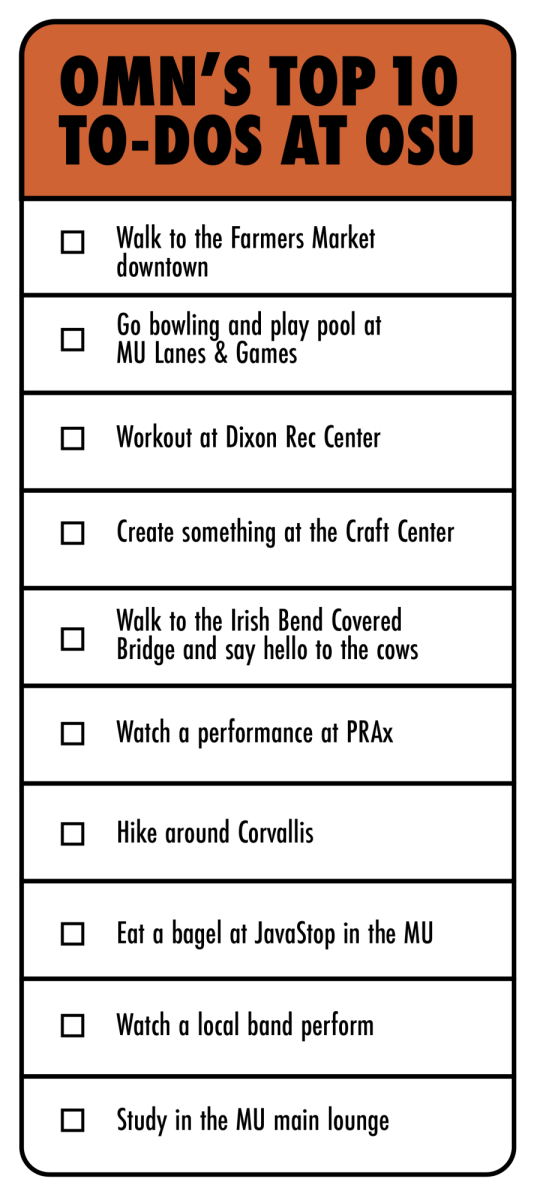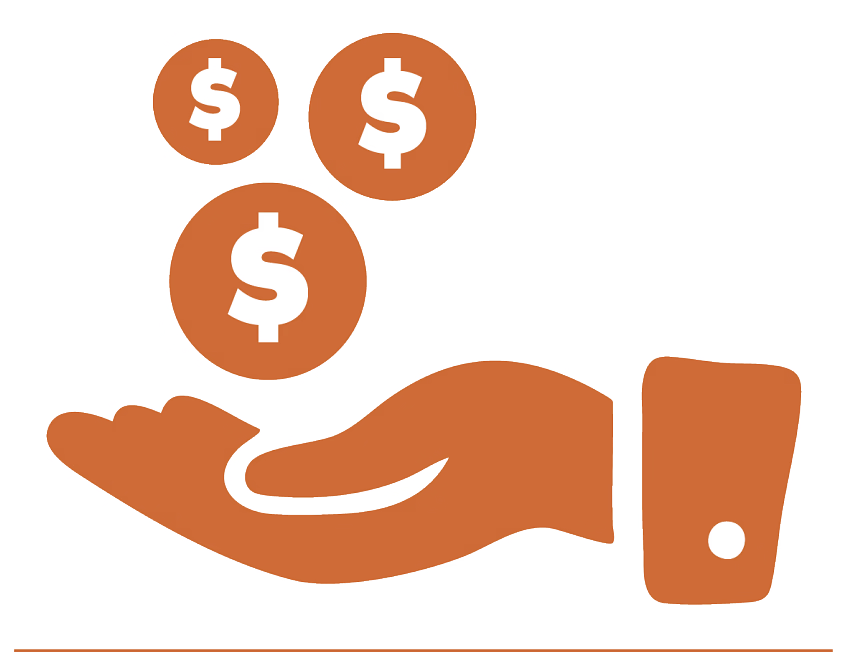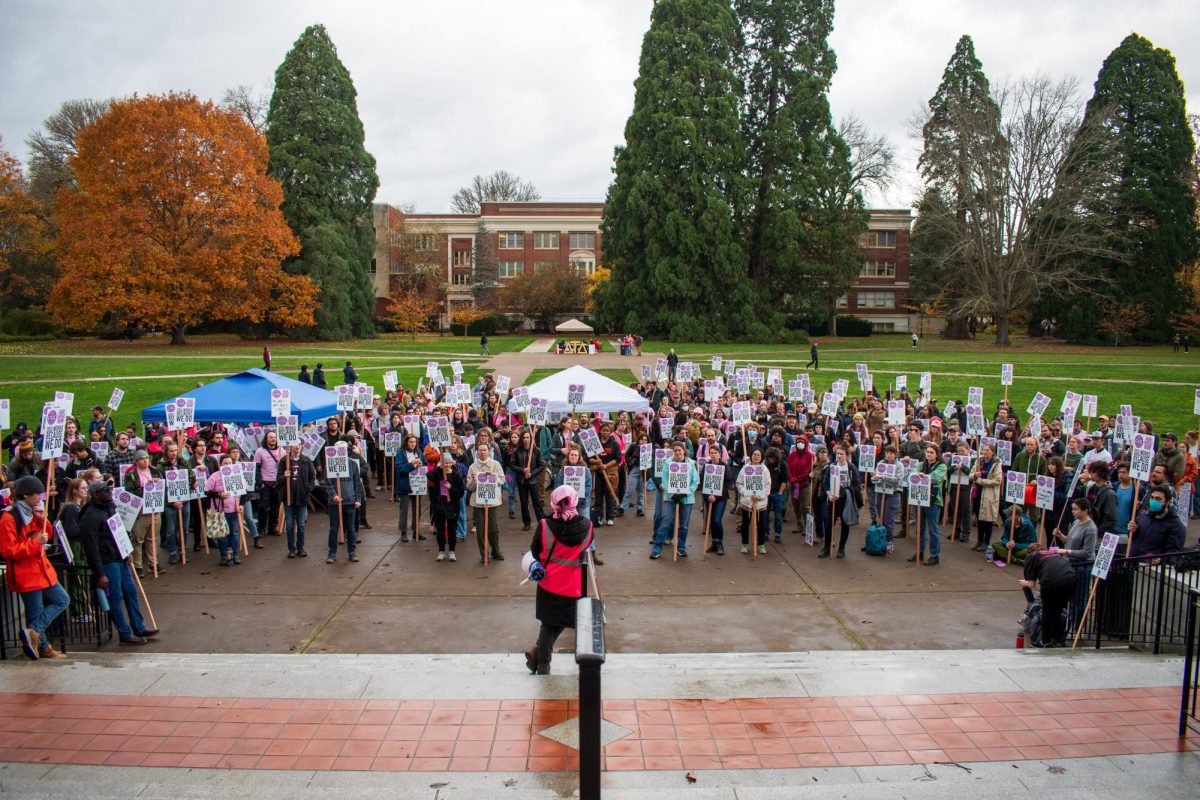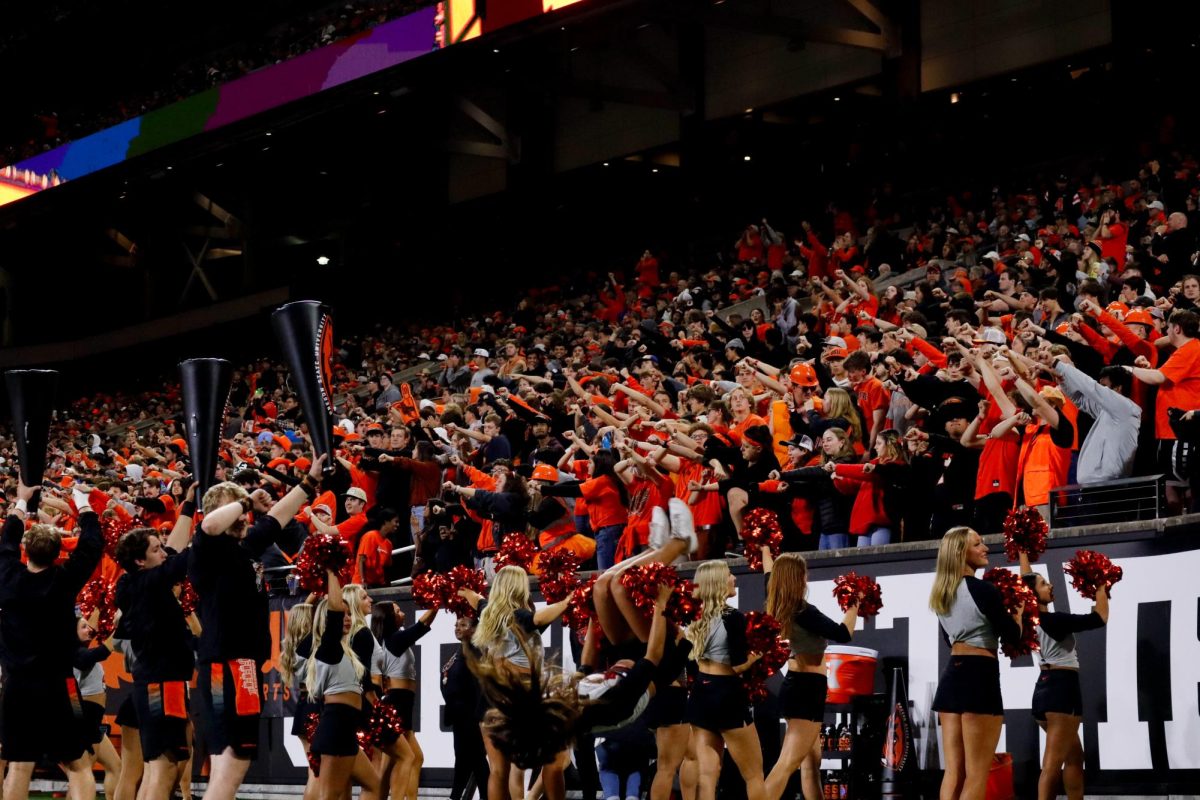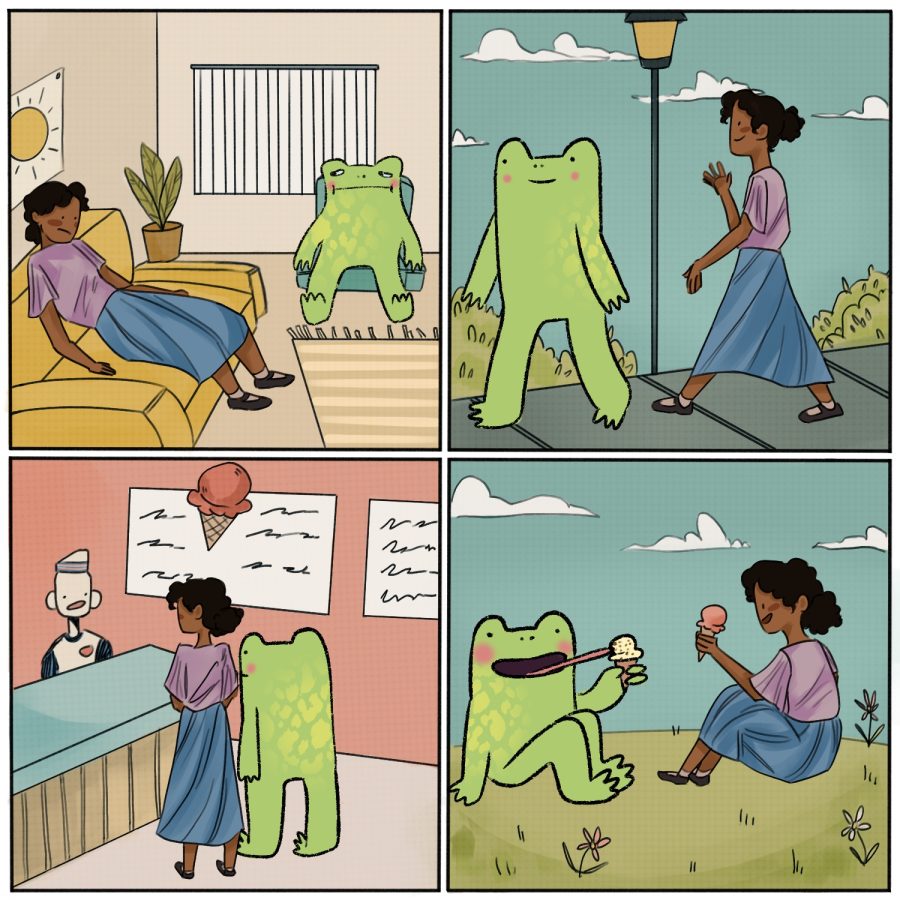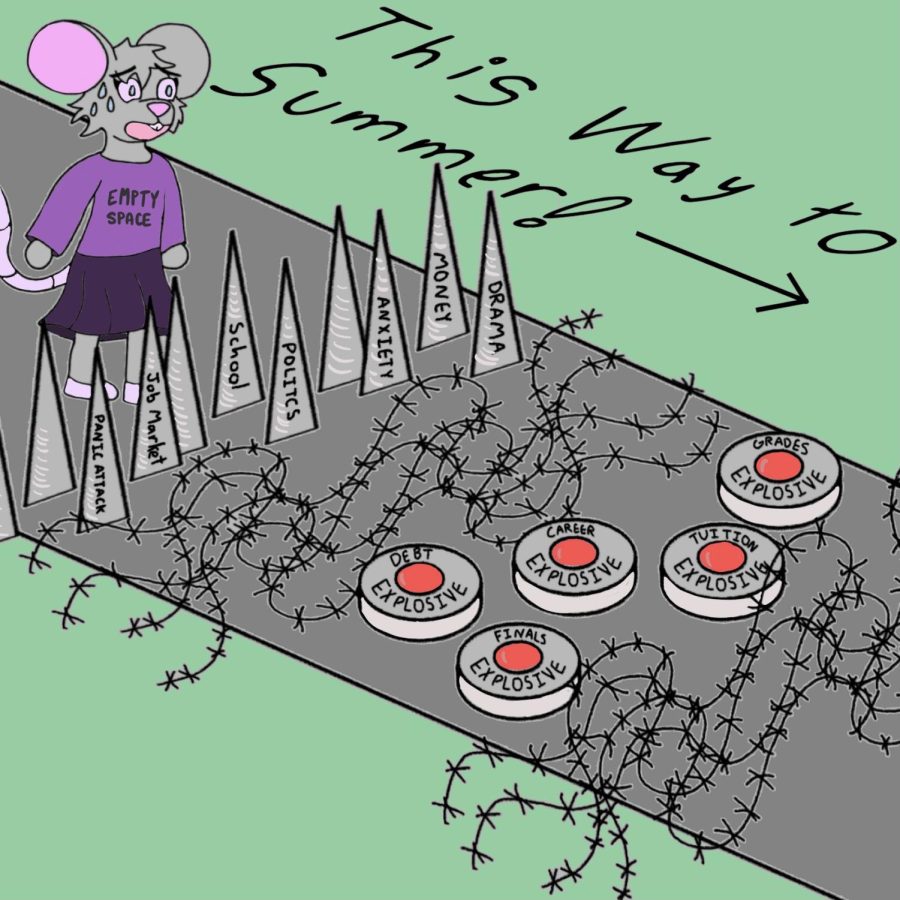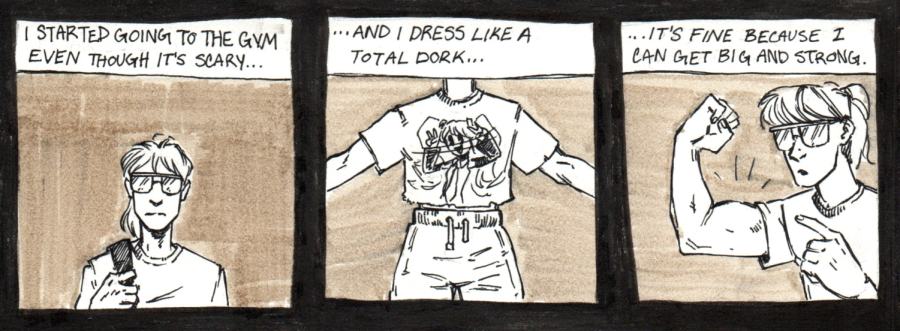Editor’s note: This is a column and does not reflect the views or opinions of the Daily Barometer.
An overlooked aspect of sexual assault on college campuses is the intersection of drink spiking and underreported sexual assault cases. There are statistical discrepancies between men and women when it comes to drink spiking and underreporting of sexual assault.
Drink spiking, which is the act of secretly adding drugs or alcohol to someone’s beverage with malicious intent, has long been recognized as a serious crime, often associated with predatory behavior aimed at incapacitating the victim for an assault.
While drink spiking has historically been considered more of a concern for women, recent studies suggest that men are also just as affected, though the rates and reporting patterns do tend to differ between genders, as articulated in a 2020 study by Aaron White for the journal “Alcohol Research: Current Reviews.”
One of the key factors in understanding the gender disparities in drink spiking incidents is recognizing the different ways men and women are targeted. According to a 2018 National Institute of Health study, women are more likely to be the victims of drink spiking, primarily due to the predatory behaviors of some men who target women for sexual assault.
A study published in the “Journal of Interpersonal Violence” found that approximately 16% of women in university settings report having experienced drink spiking, compared to 6% of men.
However, the difference in the rates of drink spiking between men and women does not necessarily mean that men are not vulnerable. Research published in the “Journal of pediatrics” found that while young men are less likely to report being victims of drink spiking, they are still disproportionately affected when compared to the general population.
The stigma surrounding male victimhood, especially in cases involving substances and assault, can contribute to underreporting sexual assault cases.
Studies consistently show that sexual assault is grossly underreported, with only a fraction of victims ever coming forward. According to the National Sexual Violence Resource Center, 63% of sexual assaults are never reported to the police, and this statistic is even more pronounced among male victims.
Gender differences in the reporting of sexual assault are stark. While women are more likely to report incidents of sexual assault compared to men, societal pressures and stereotypes often discourage male victims from speaking out, as established in a vast array of studies published by the NIH.
In the context of universities, where heavy drinking and party culture can create environments conducive to drink spiking and sexual assault, the issue becomes more concerning.
A 2019 study published in “Psychology of Women Quarterly” found that male students, especially those who are athletes or engage in heavy drinking, are less likely to report sexual assault due to fears of being stigmatized as weak or emasculated.
When sexual assault goes unreported, it perpetuates a cycle of silence and fear, where perpetrators are rarely held accountable and victims continue to suffer in isolation. The underreporting of sexual assault also has significant psychological consequences as victims may feel they are not believed or that their trauma is somehow less valid due to their gender.
Both drink spiking and sexual assault are tied to cultural norms and societal expectations around gender. In many cultures, masculinity is often associated with dominance and control, which can foster environments where men may feel entitled to exert power over others, particularly women.
This sense of entitlement can manifest in behaviors such as drink spiking, where the intent is to subdue the victim to take advantage of them, as outlined in a 2012 study for “Addictive behaviors.”
On the flip side, women are often socialized to be more passive and to avoid confrontation. This can lead to situations where women are more likely to report incidents of drink spiking and sexual assault, but their reports may be dismissed or minimized, further discouraging future victims from coming forward.
In the context of university settings, where peer pressure and social dynamics play a large role in shaping behavior, these cultural norms can lead to an environment where both drink spiking and sexual assault are either normalized or ignored.
To combat drink spiking and the underreporting of sexual assault, universities must implement comprehensive educational programs that promote awareness and create a culture of accountability.
This includes, but is not limited to, training students and staff to recognize the signs of drink spiking and providing clear, confidential avenues for reporting. Breaking down harmful gender stereotypes that discourage male victims from reporting incidents is crucial to ensure that students feel safe and supported in coming forward.
Research also highlights the importance of providing support services that are tailored to both male and female victims, addressing the specific needs and experiences of each group.
Additionally, creating more inclusive policies that encourage the reporting of sexual assault, regardless of gender, is essential in reducing the stigma and ensuring that perpetrators are held accountable for their actions.
Through research, education and support, campuses around the country can take steps toward ensuring the safety and well-being of all individuals, regardless of gender.



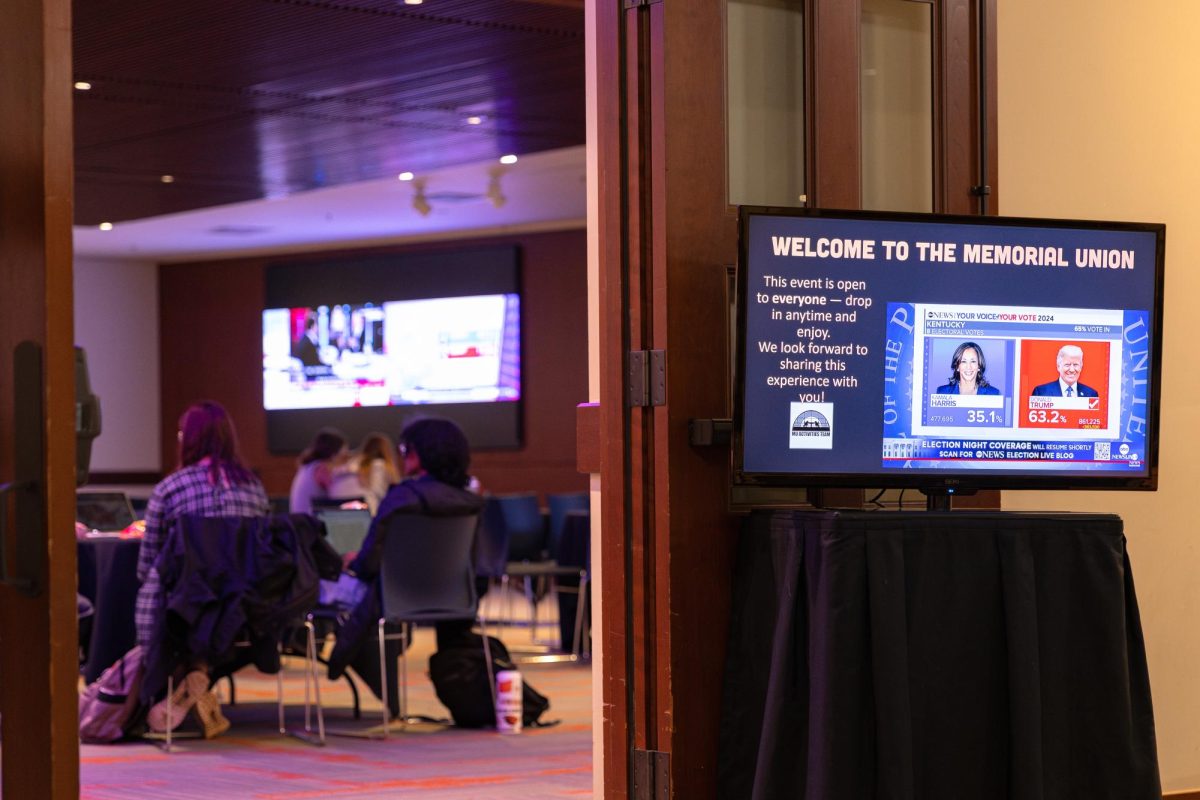


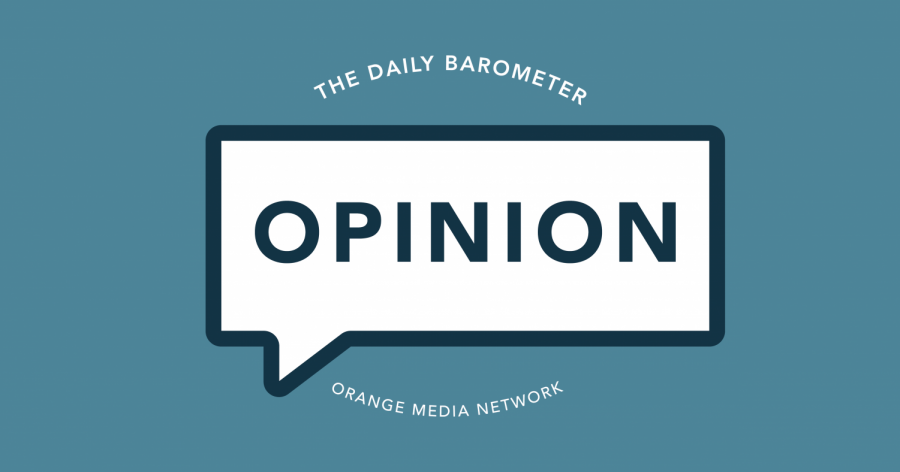
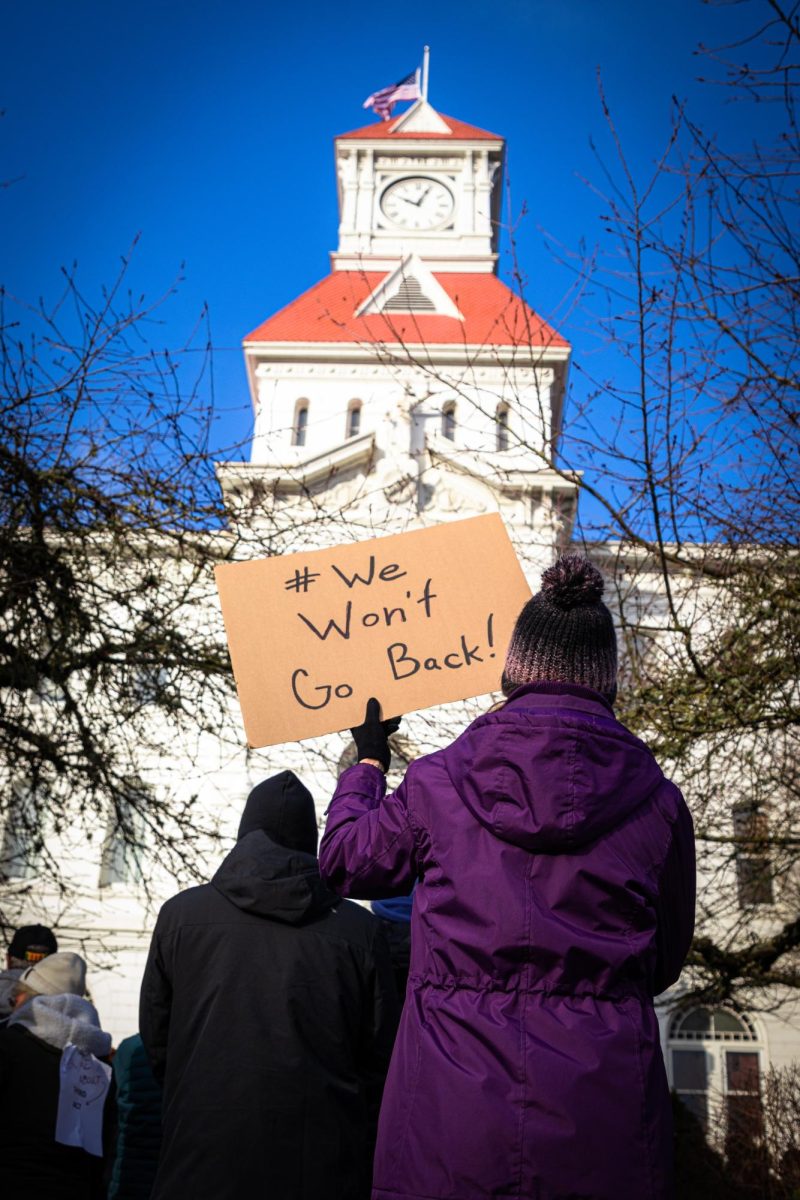










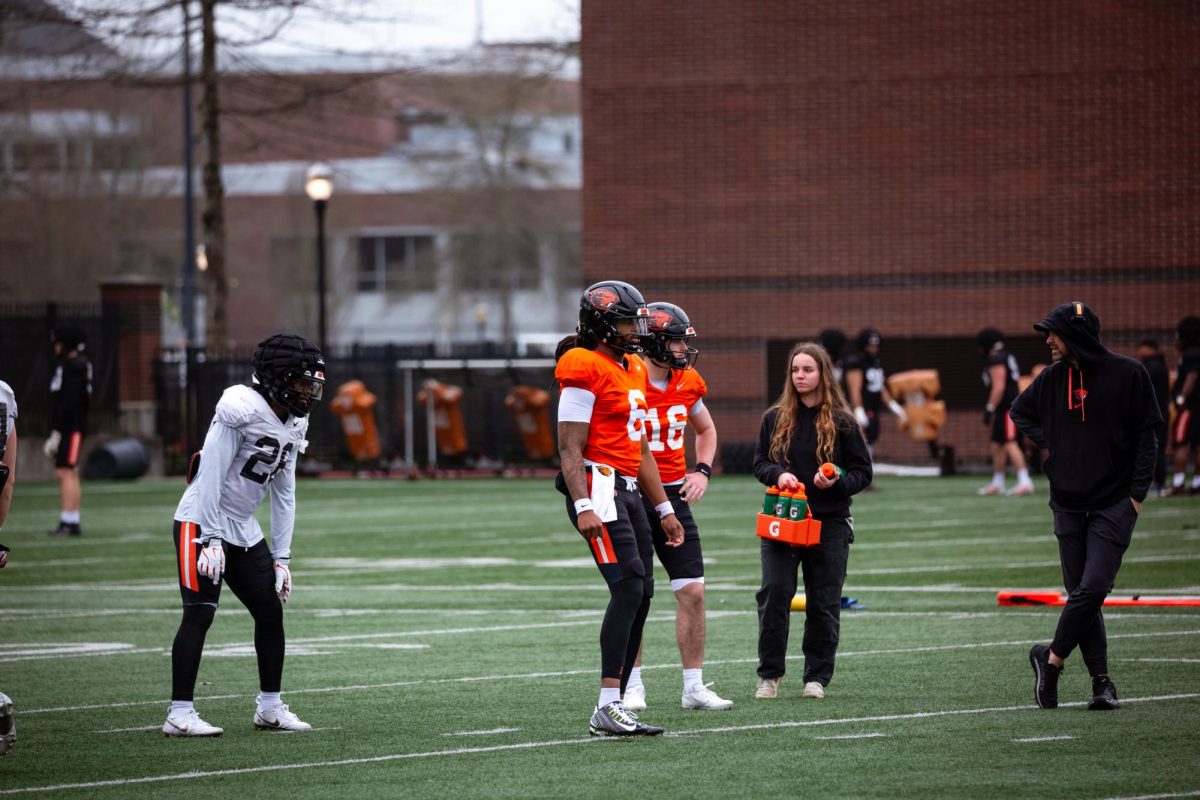
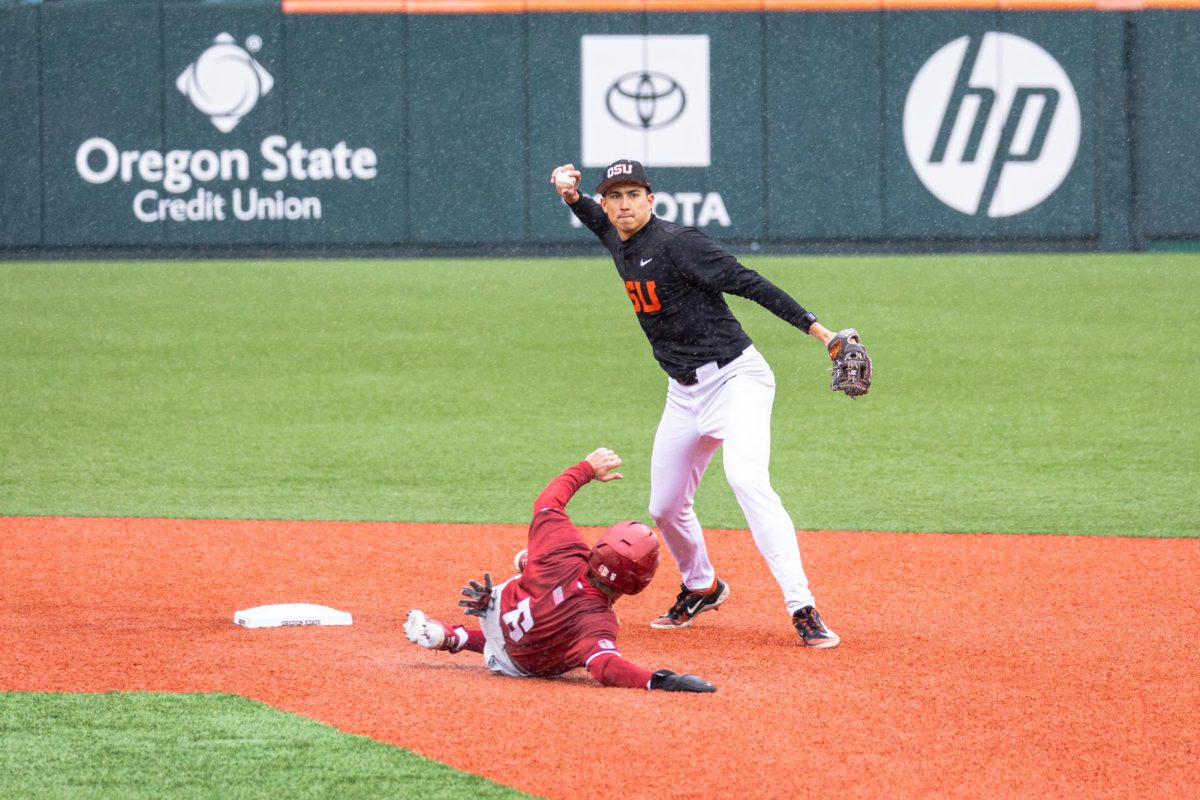


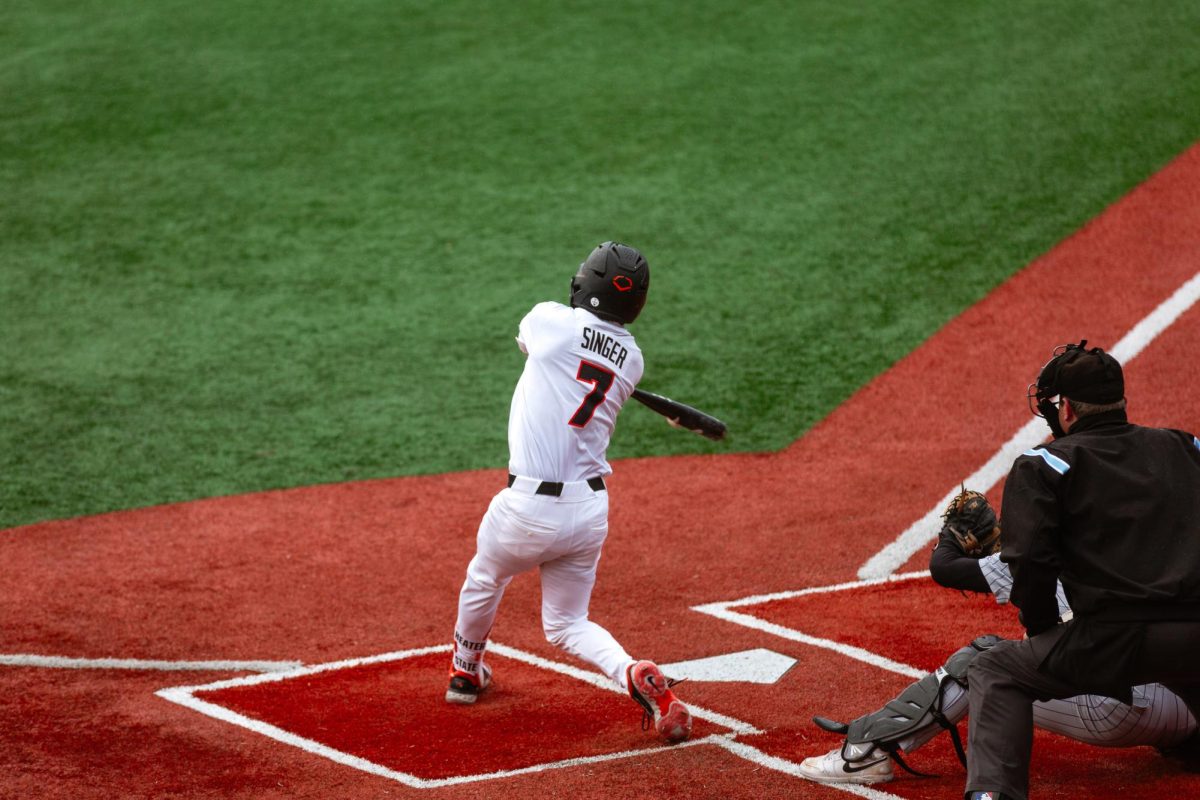
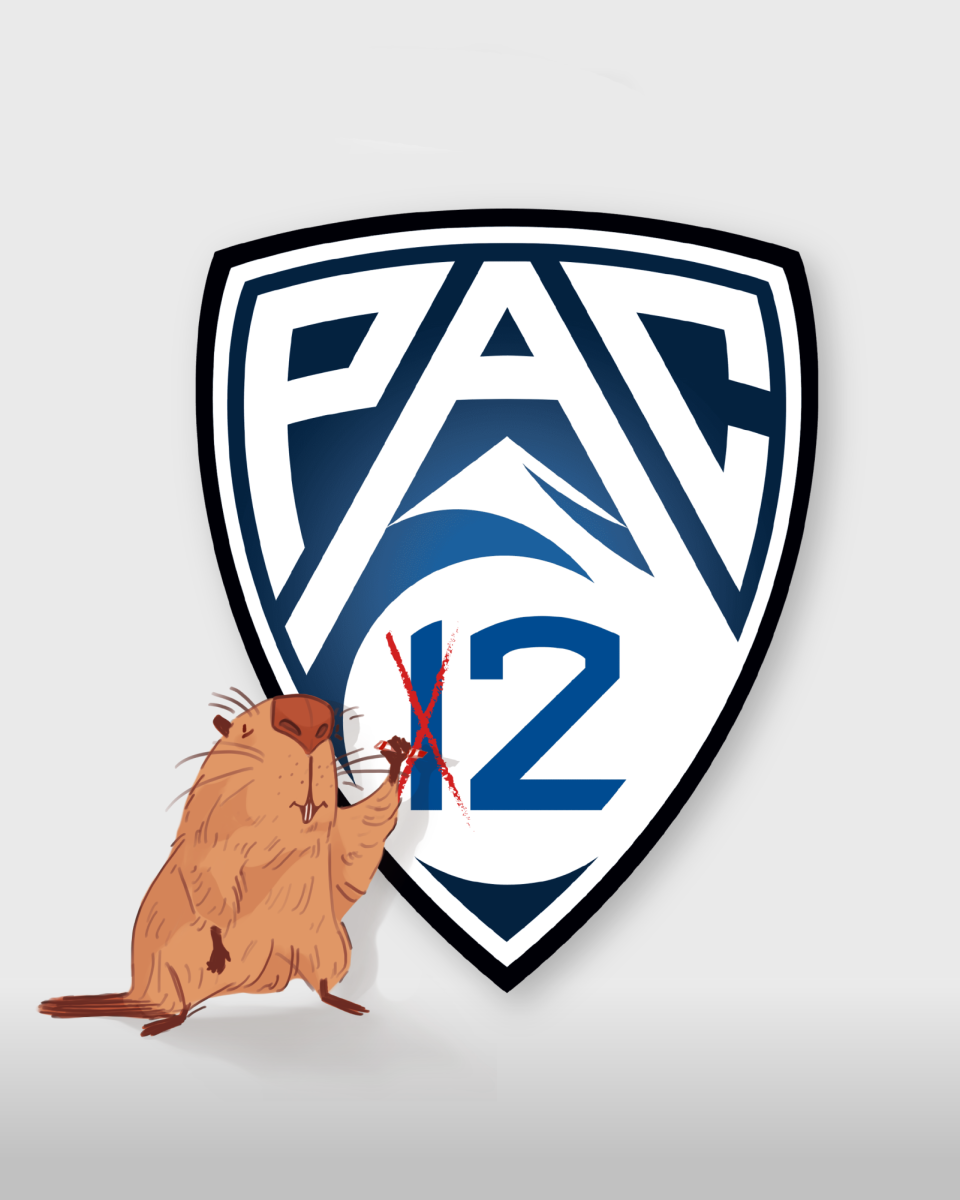
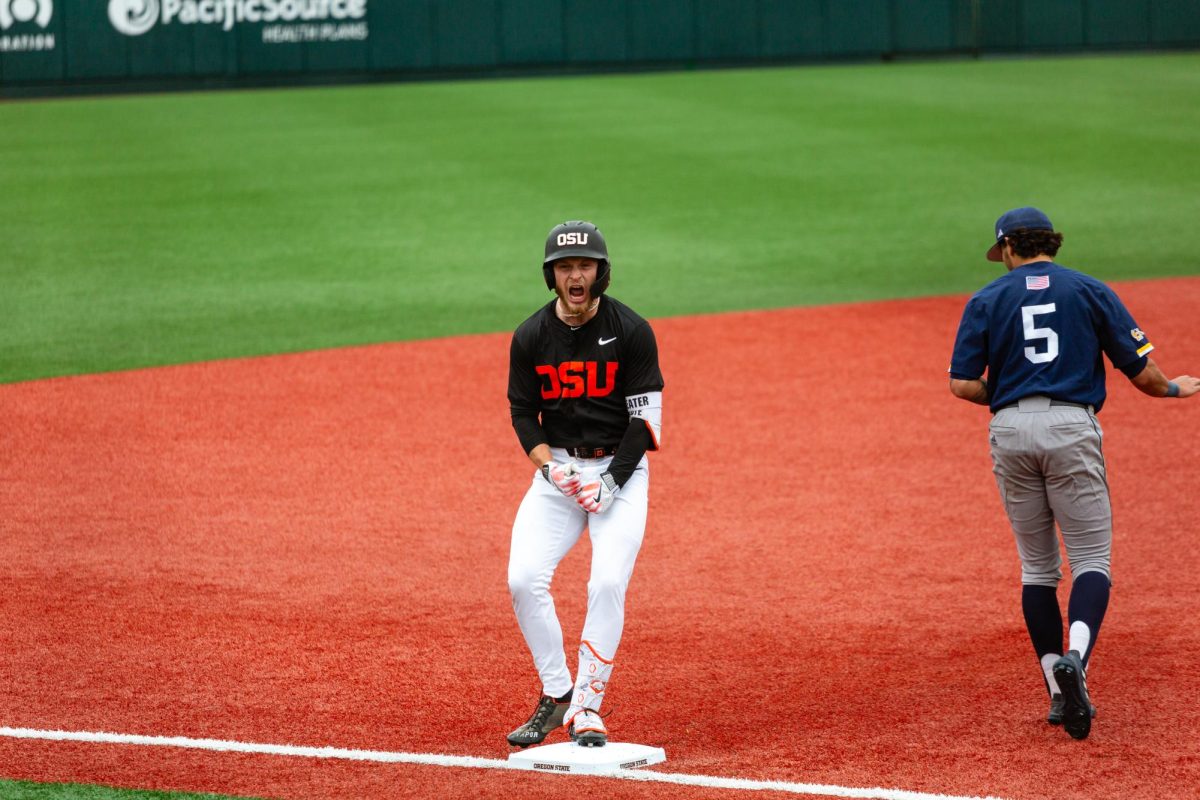

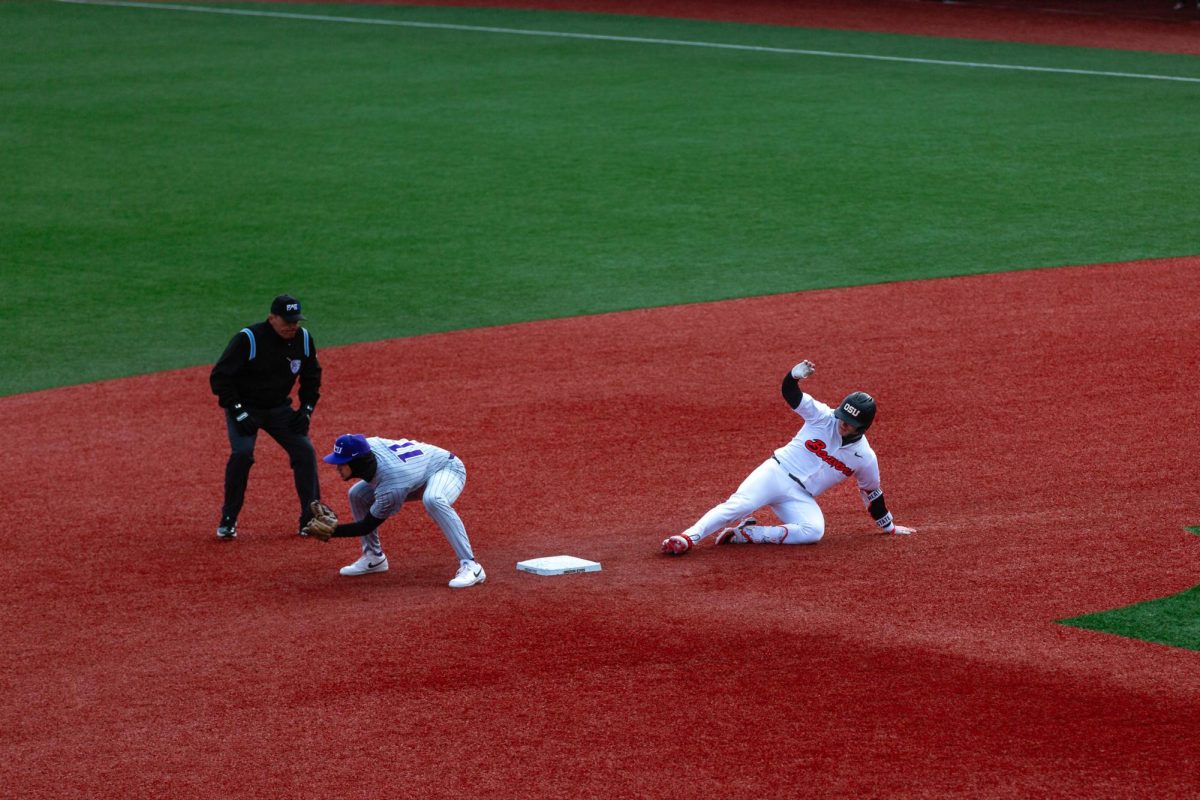

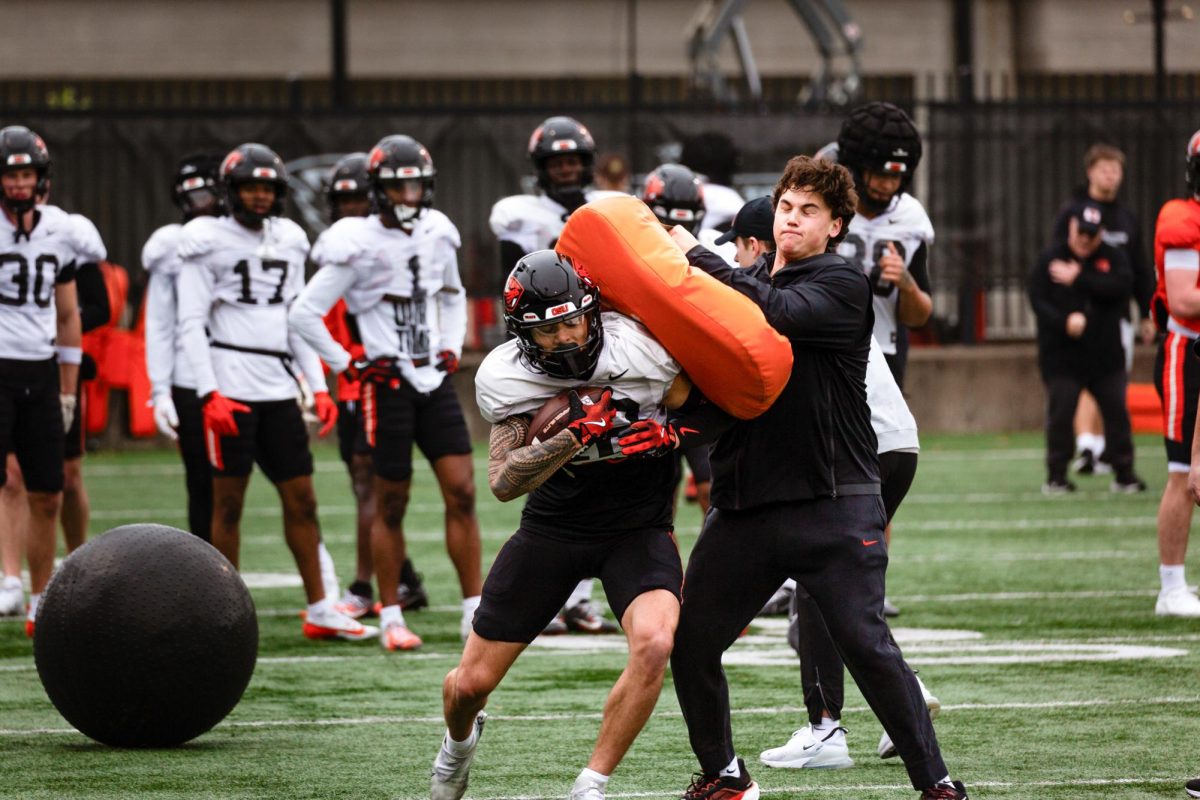







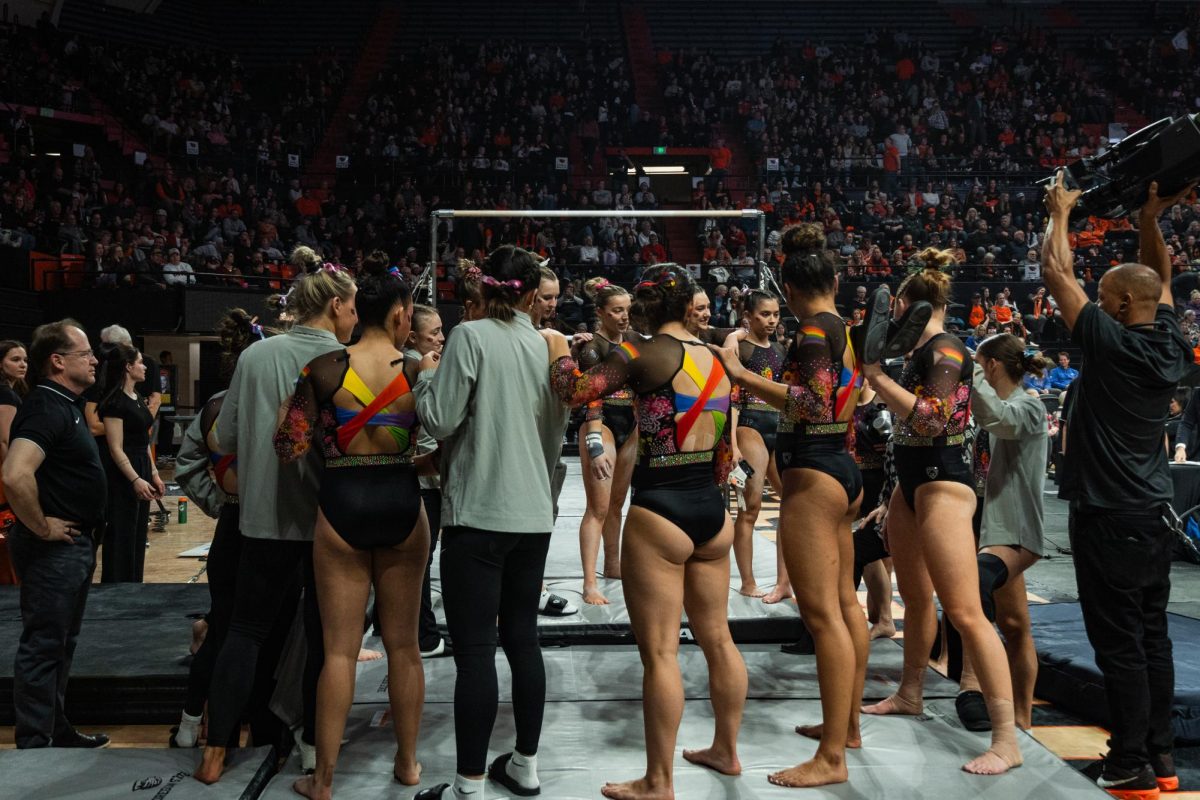
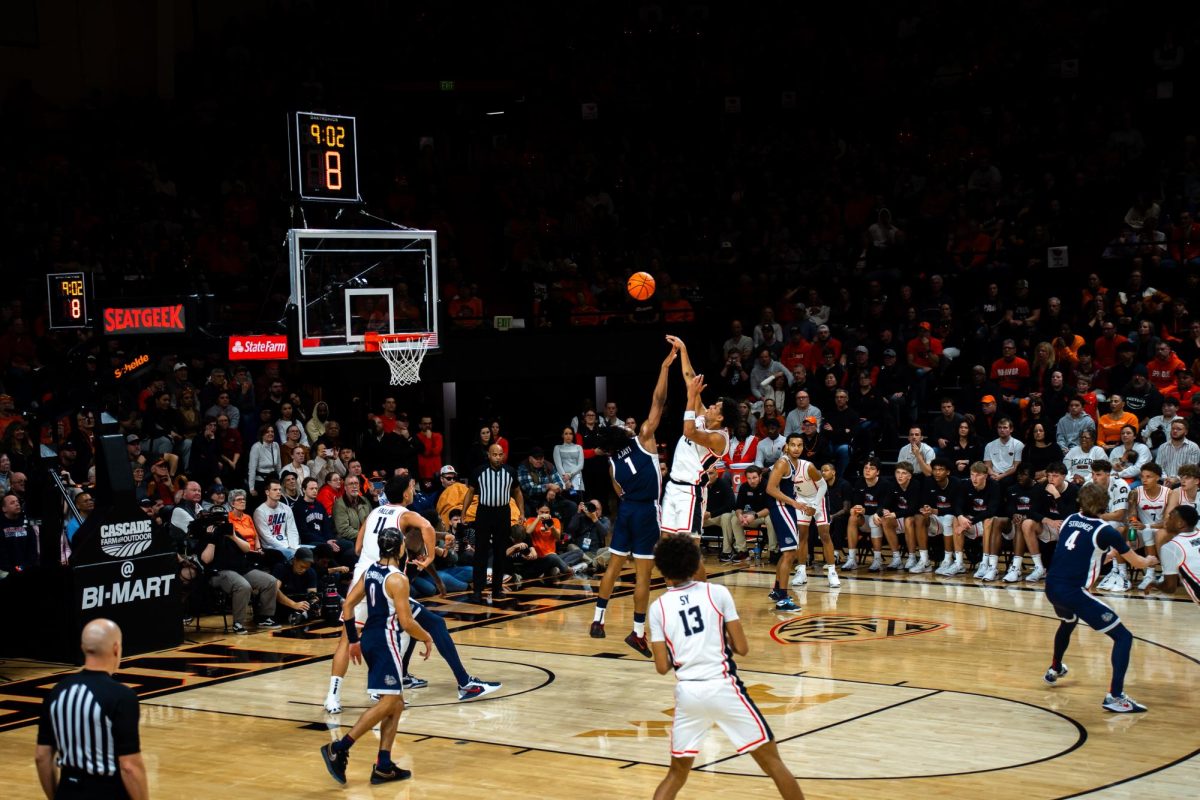



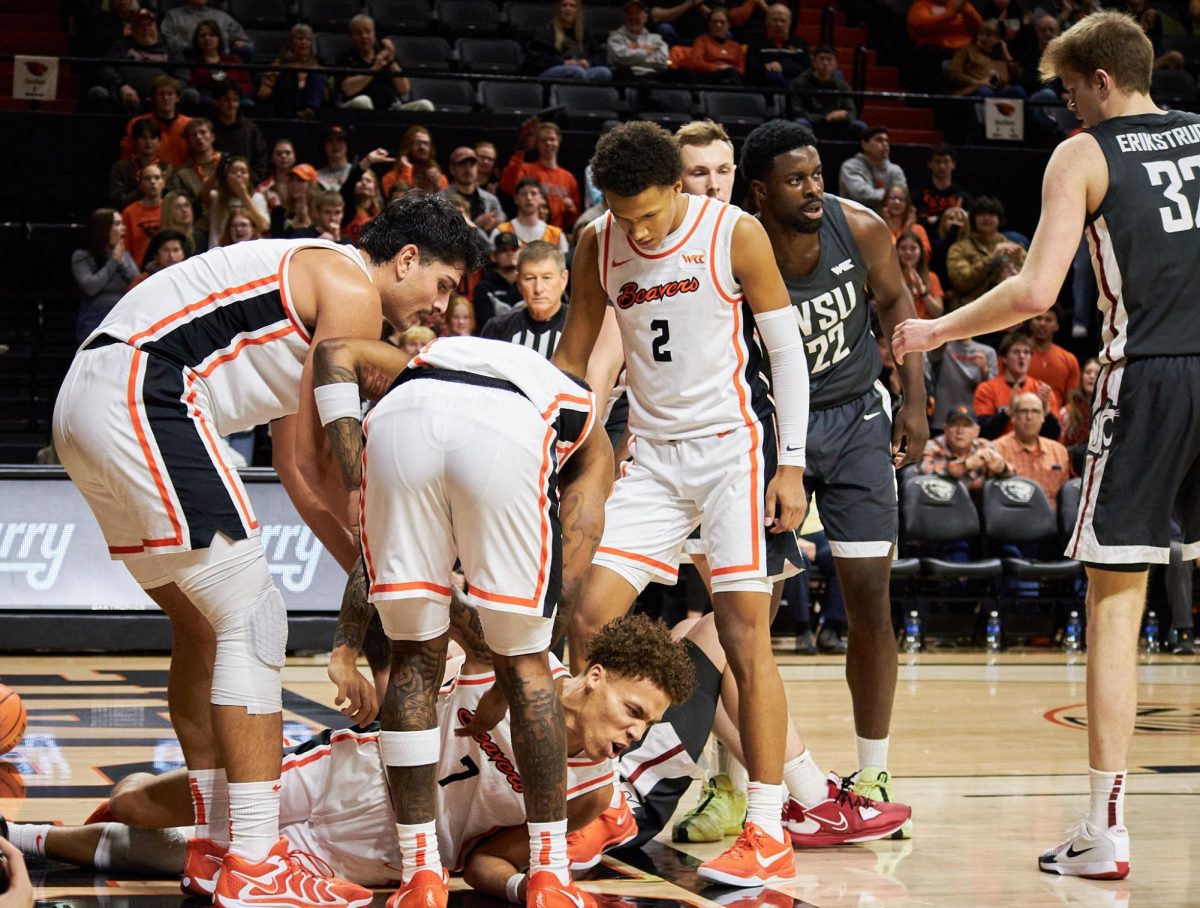




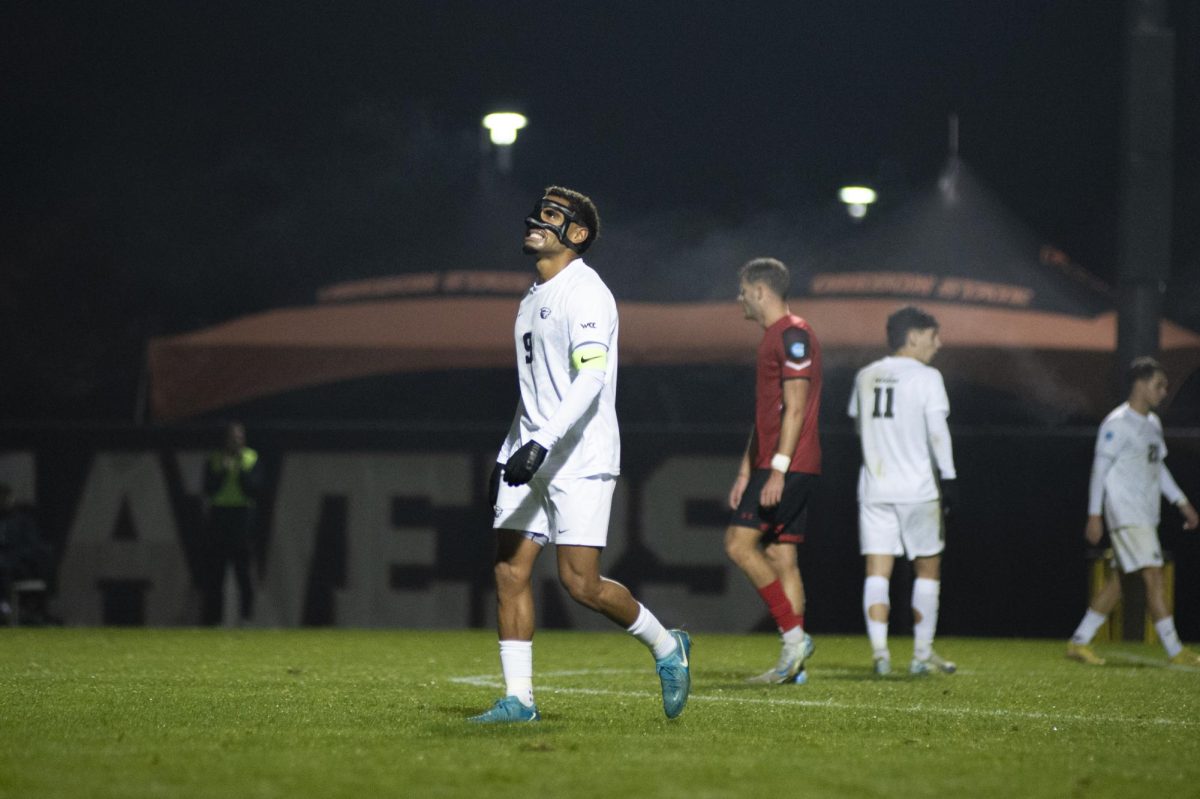
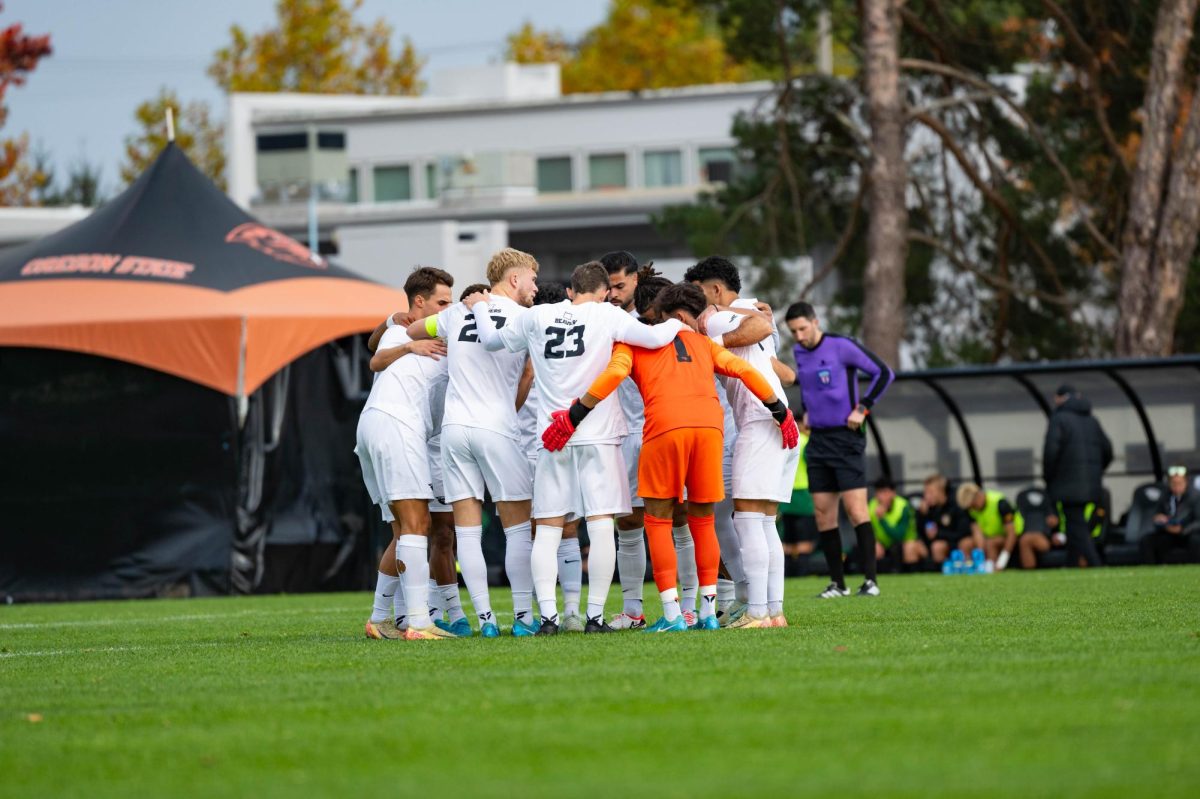

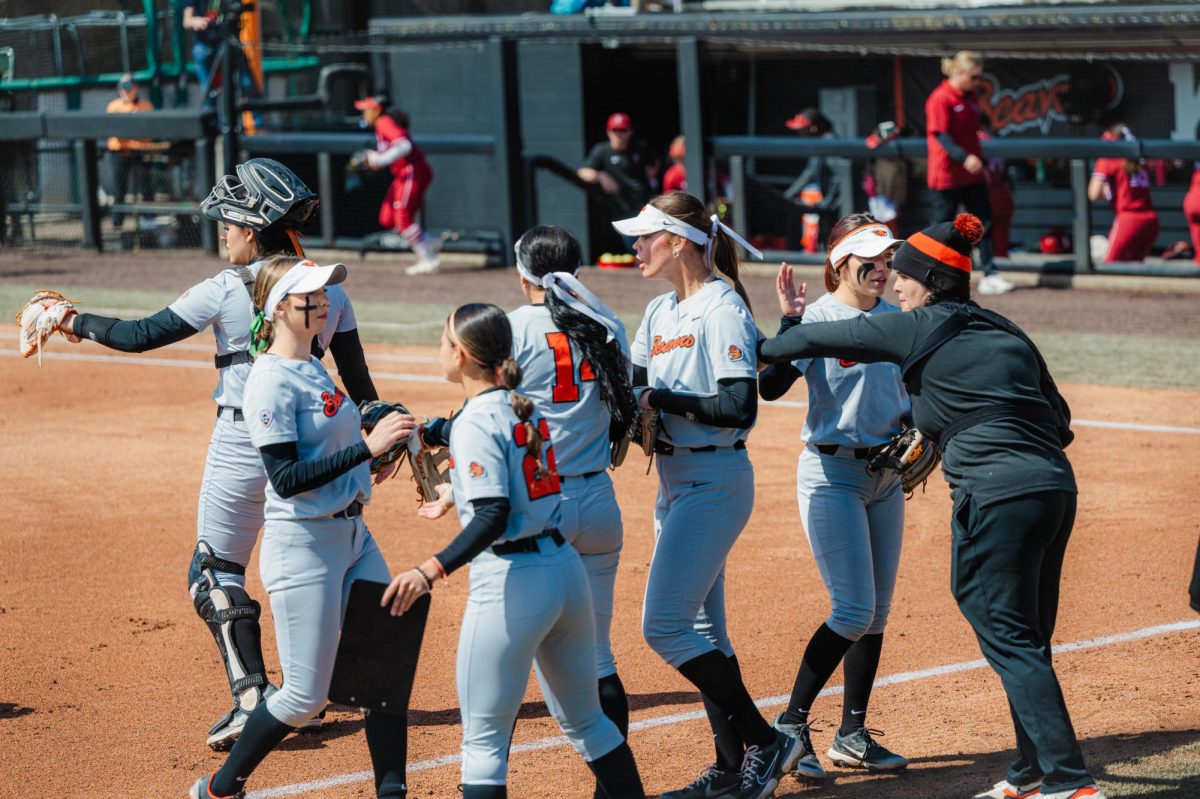
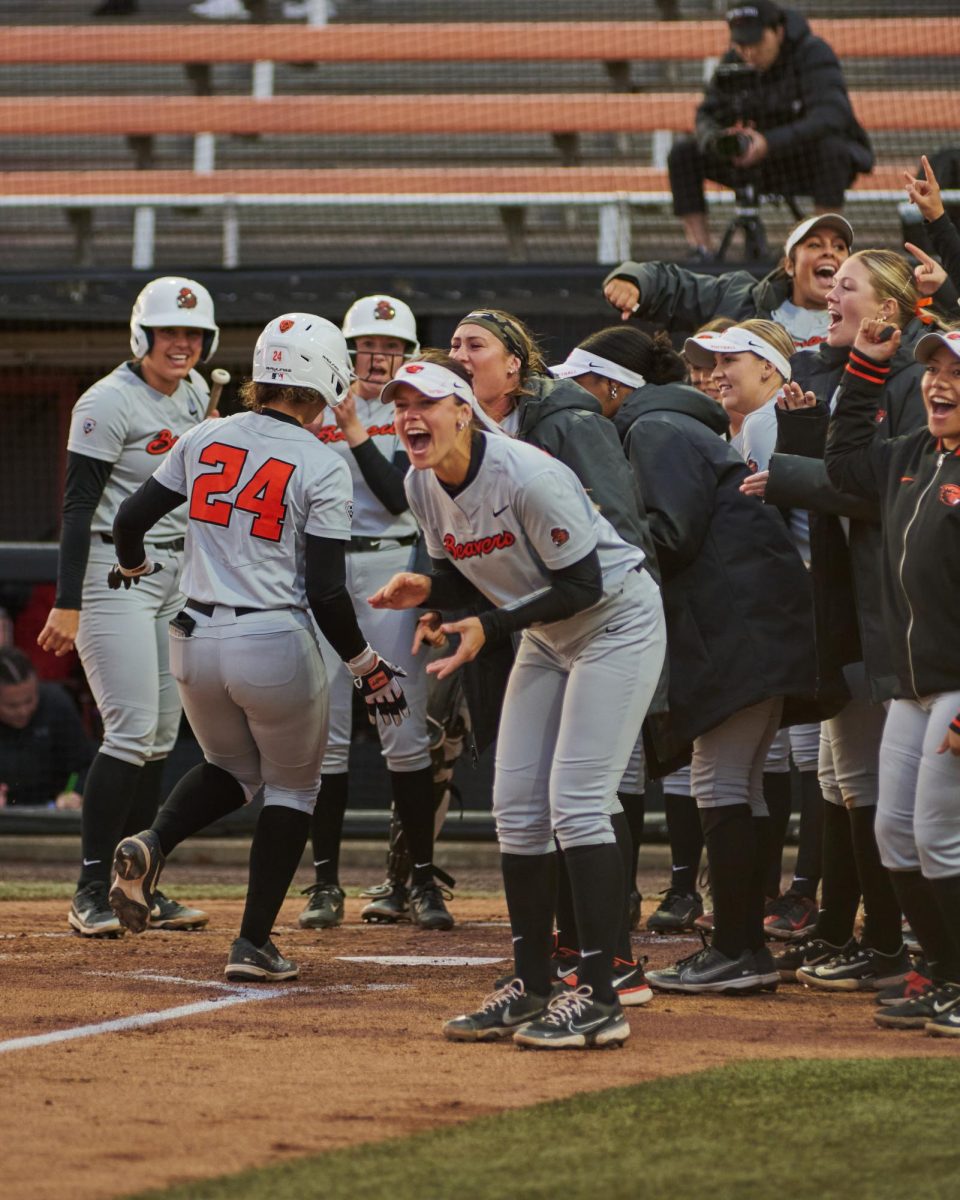

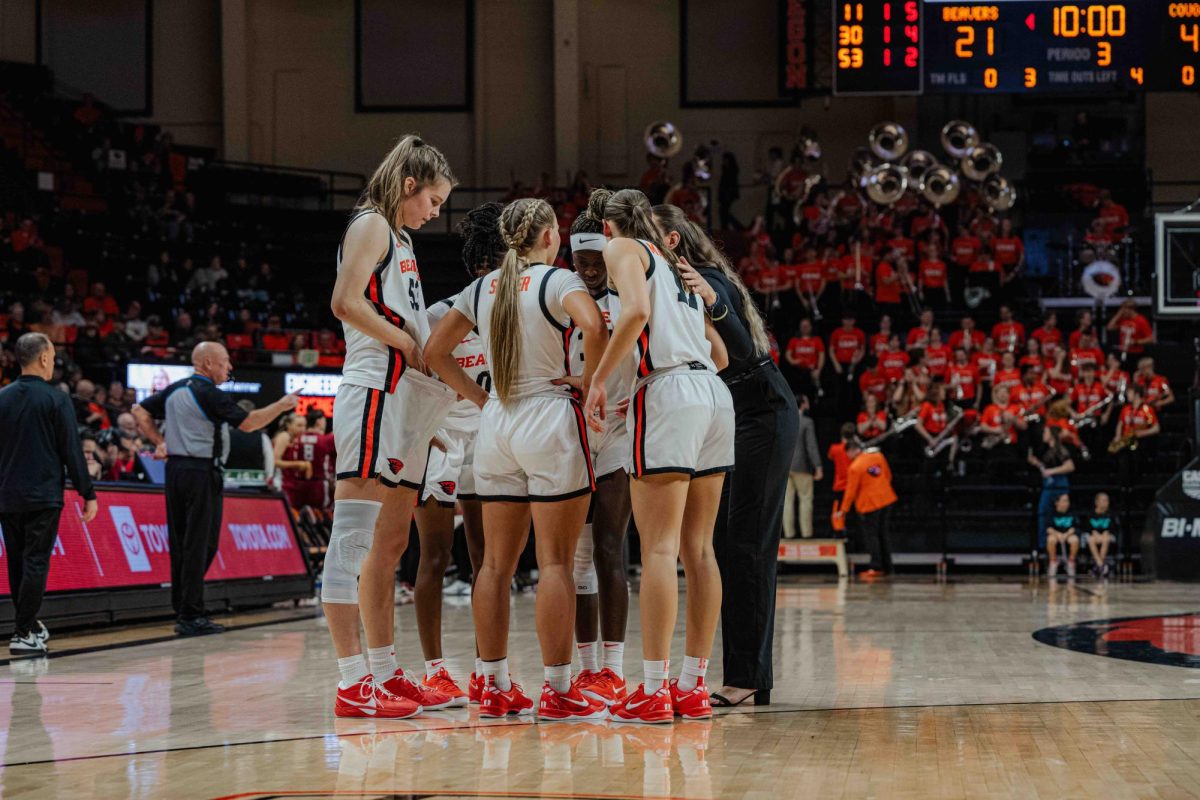


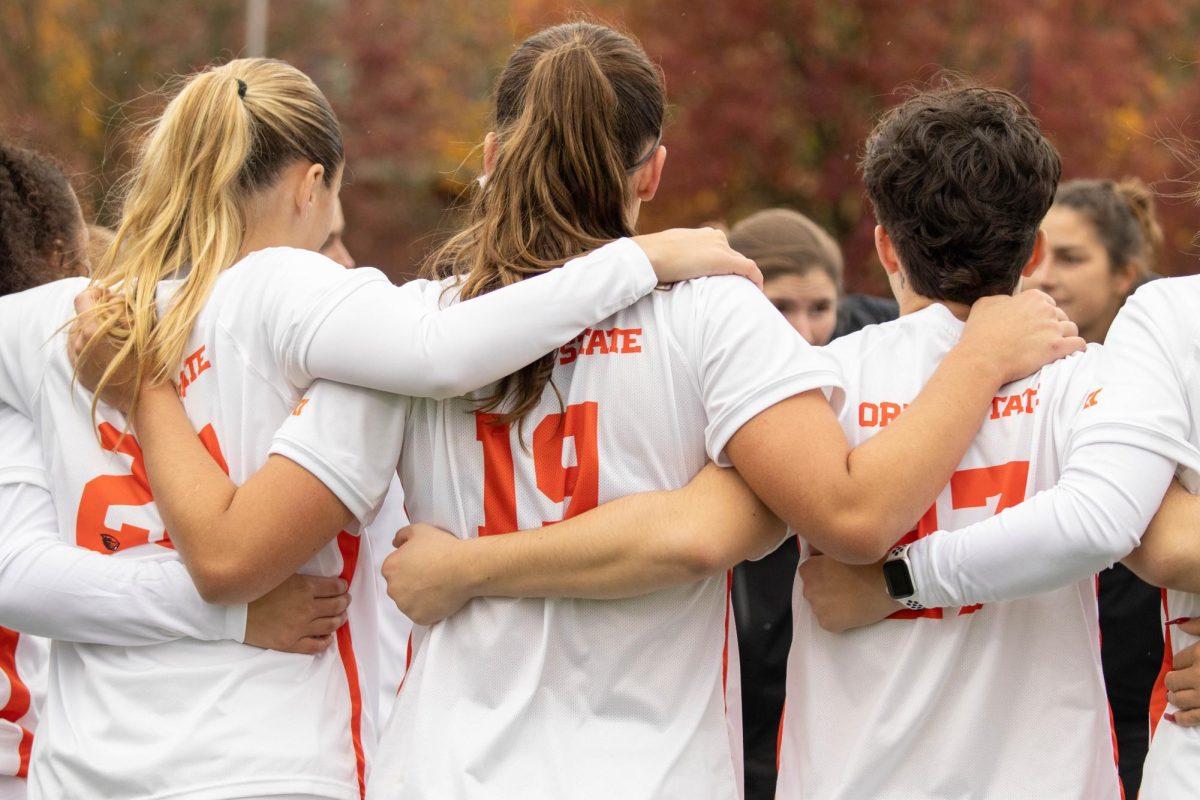
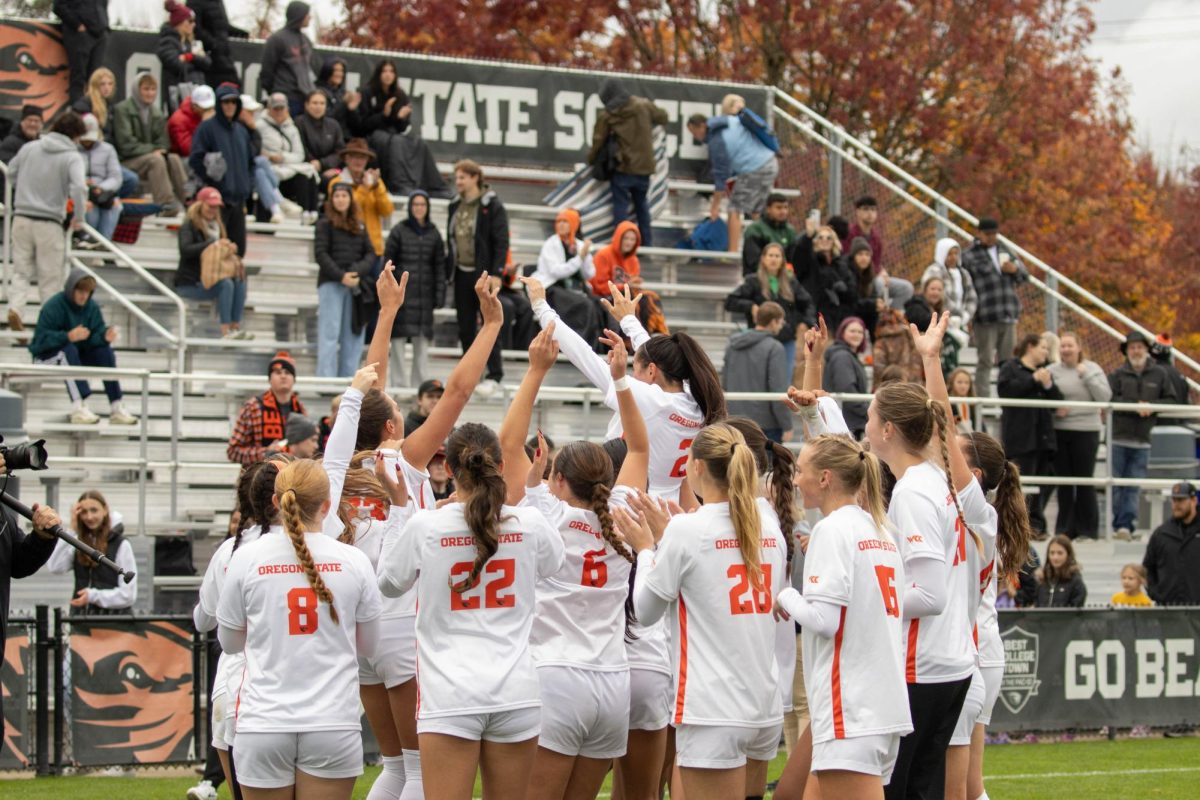
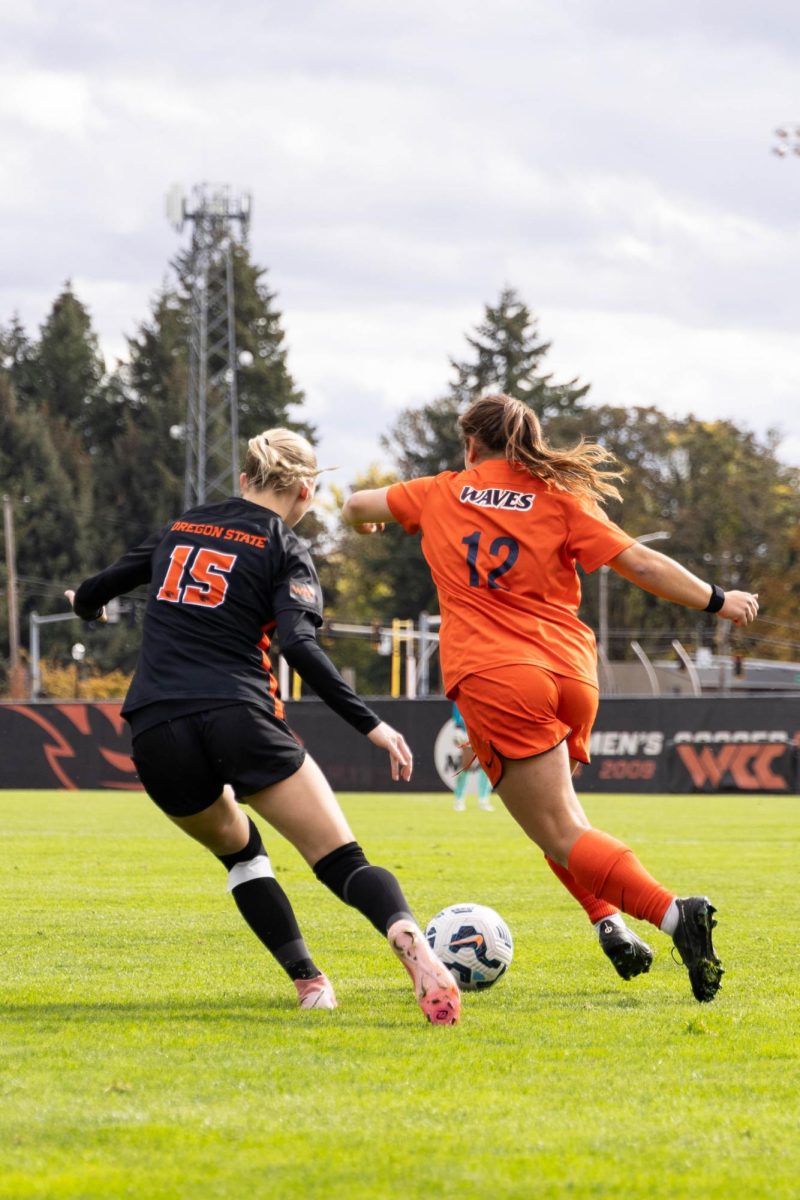
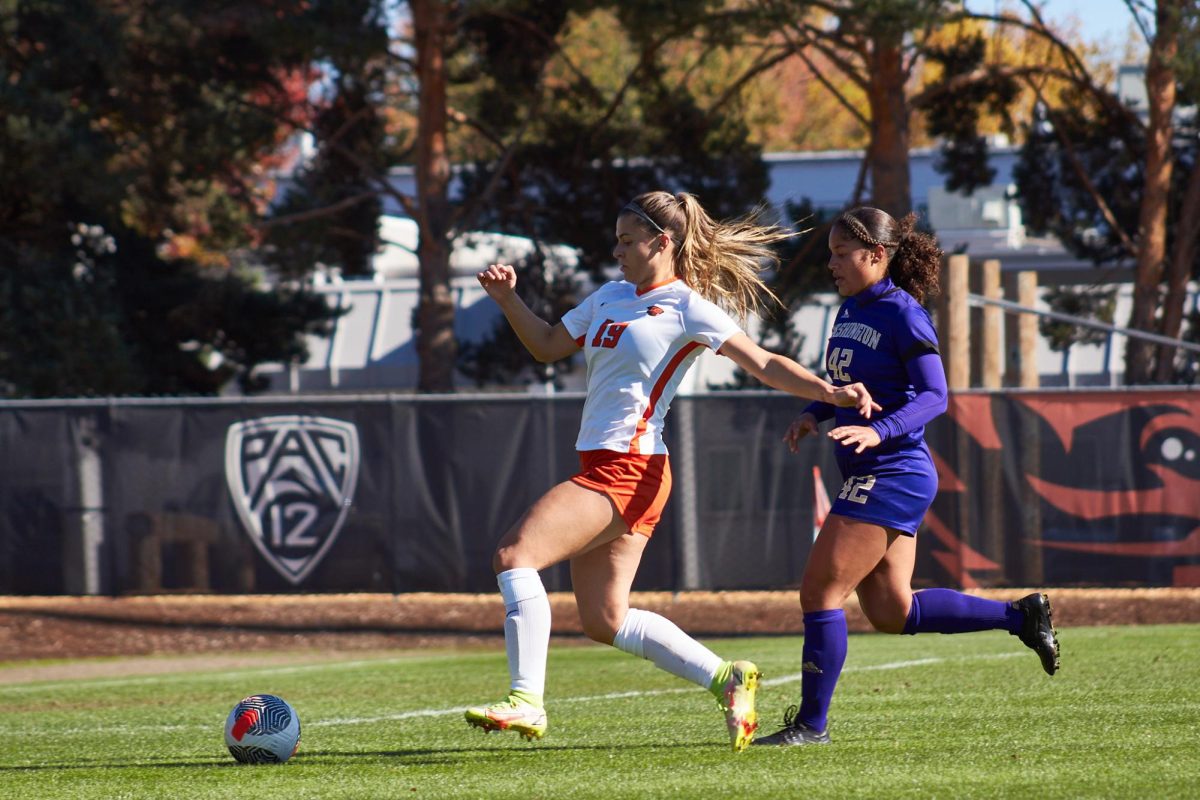
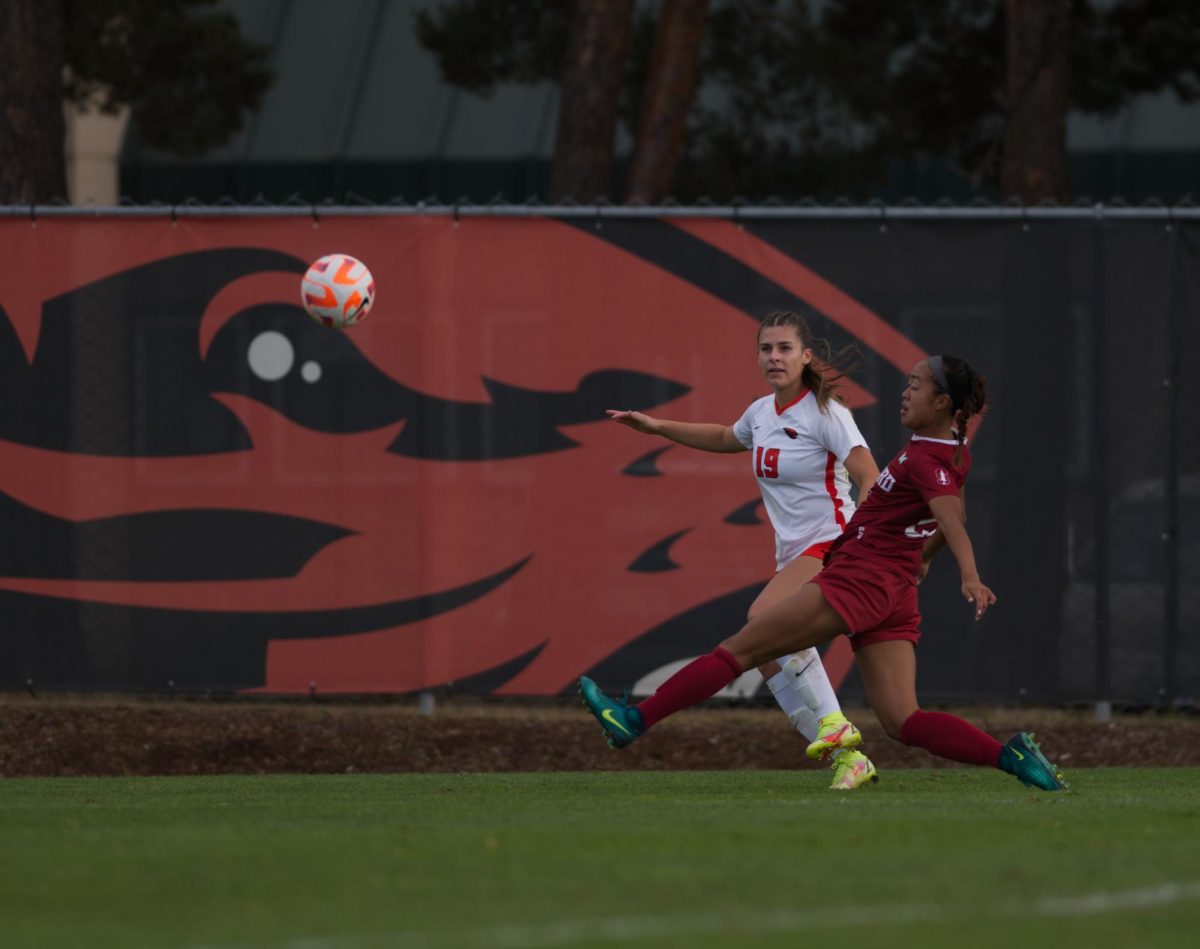





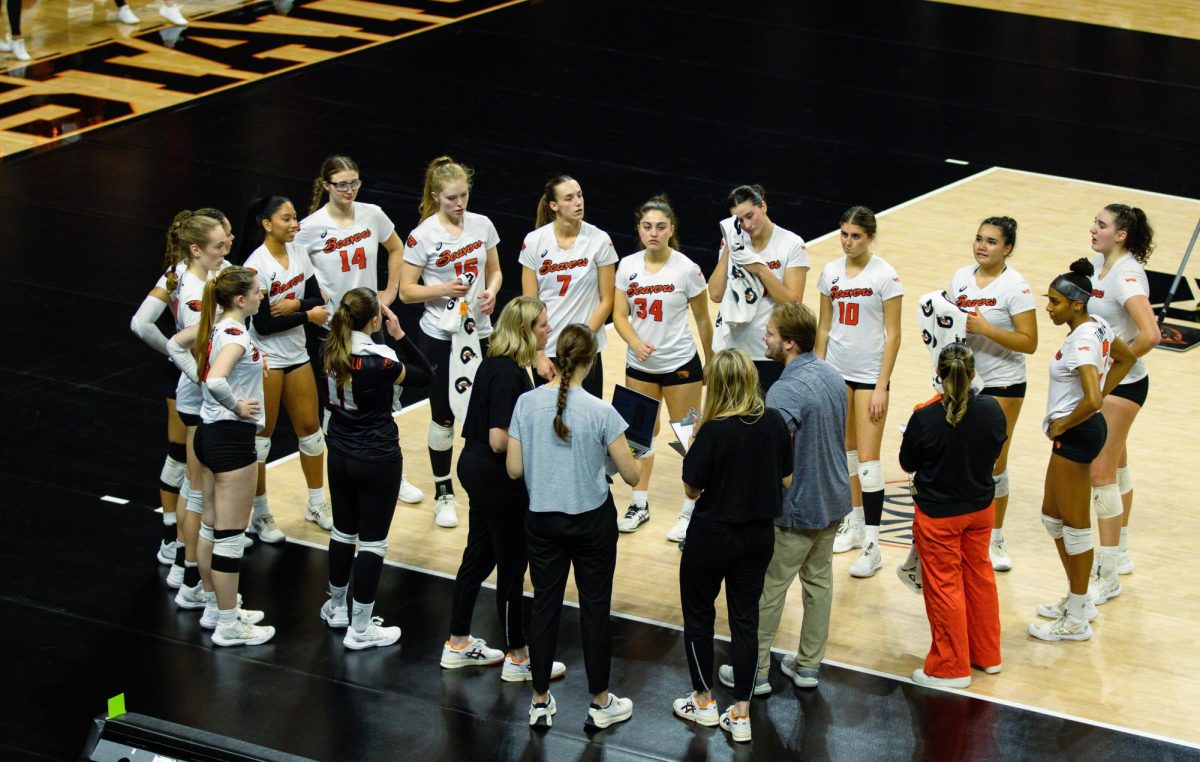
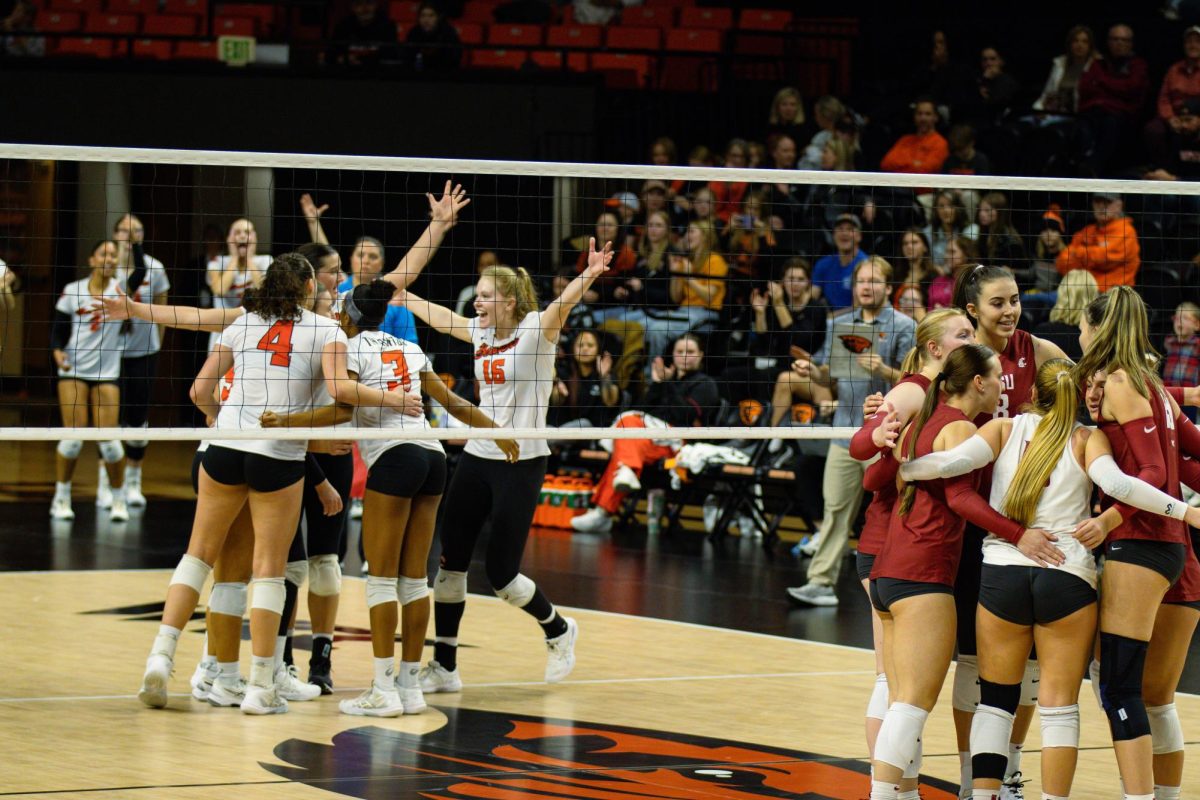
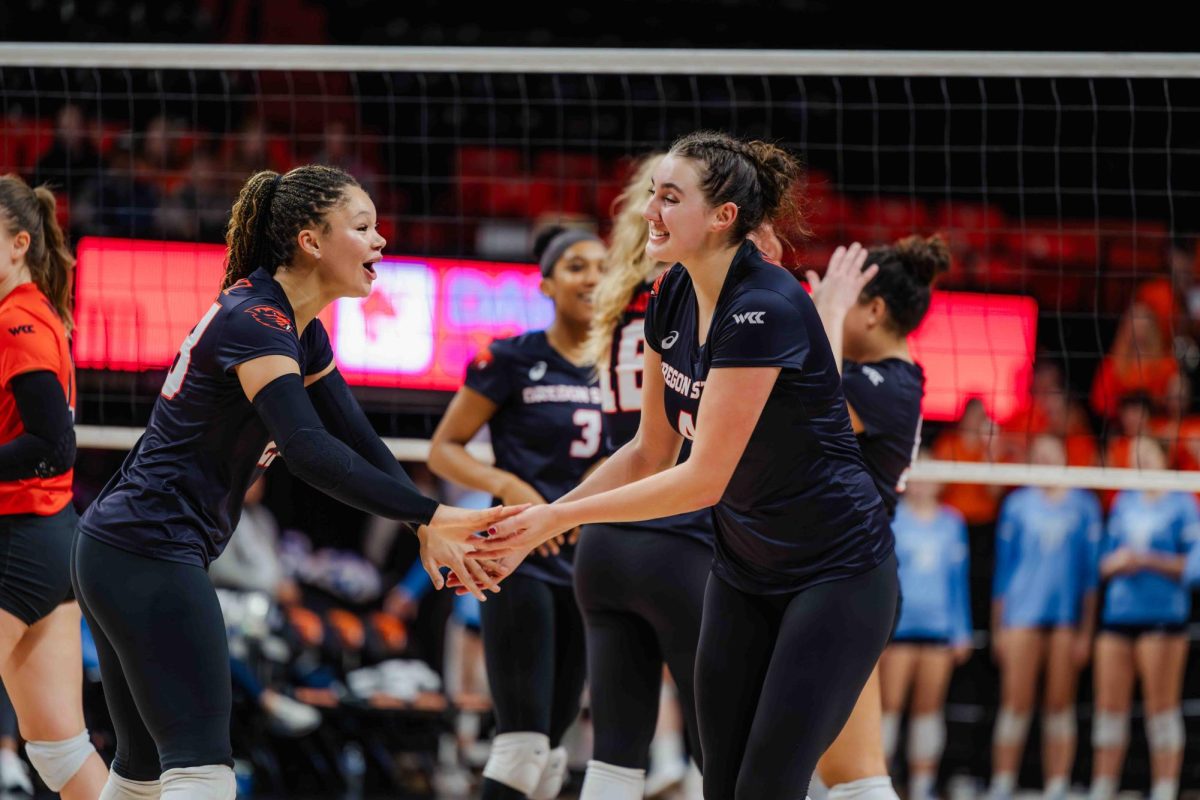
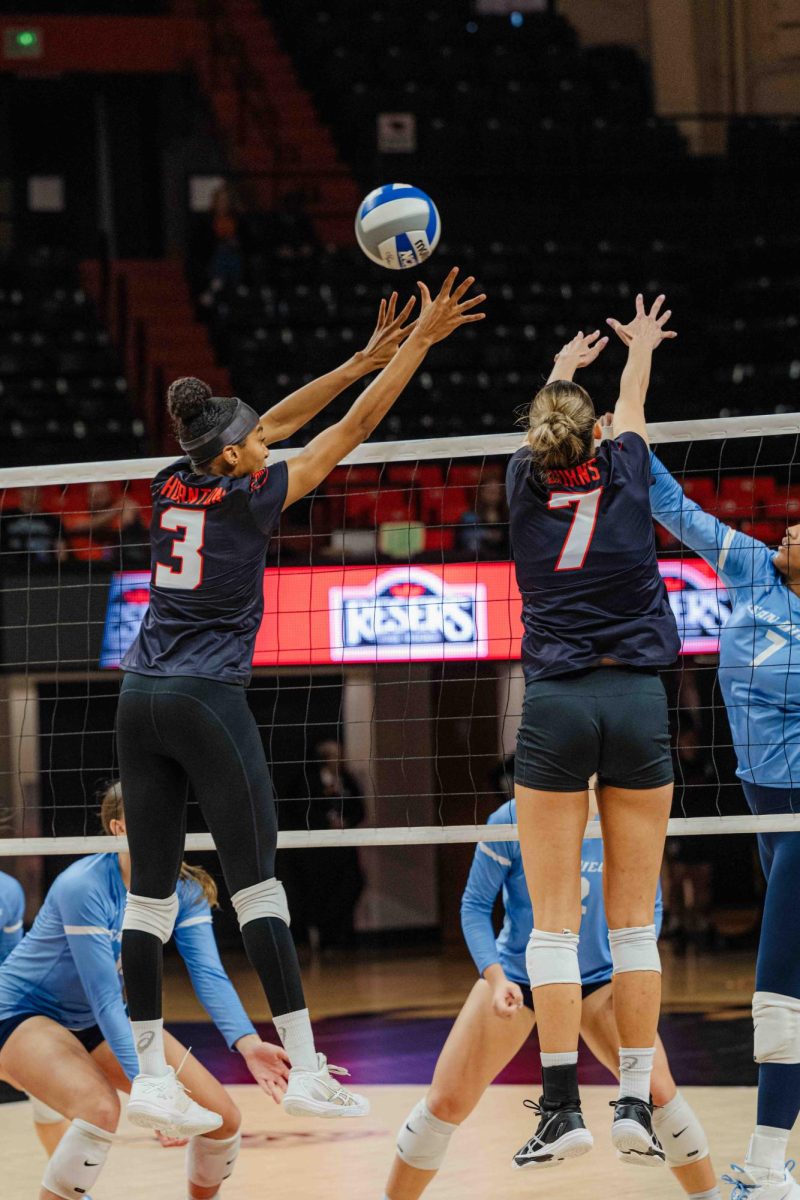
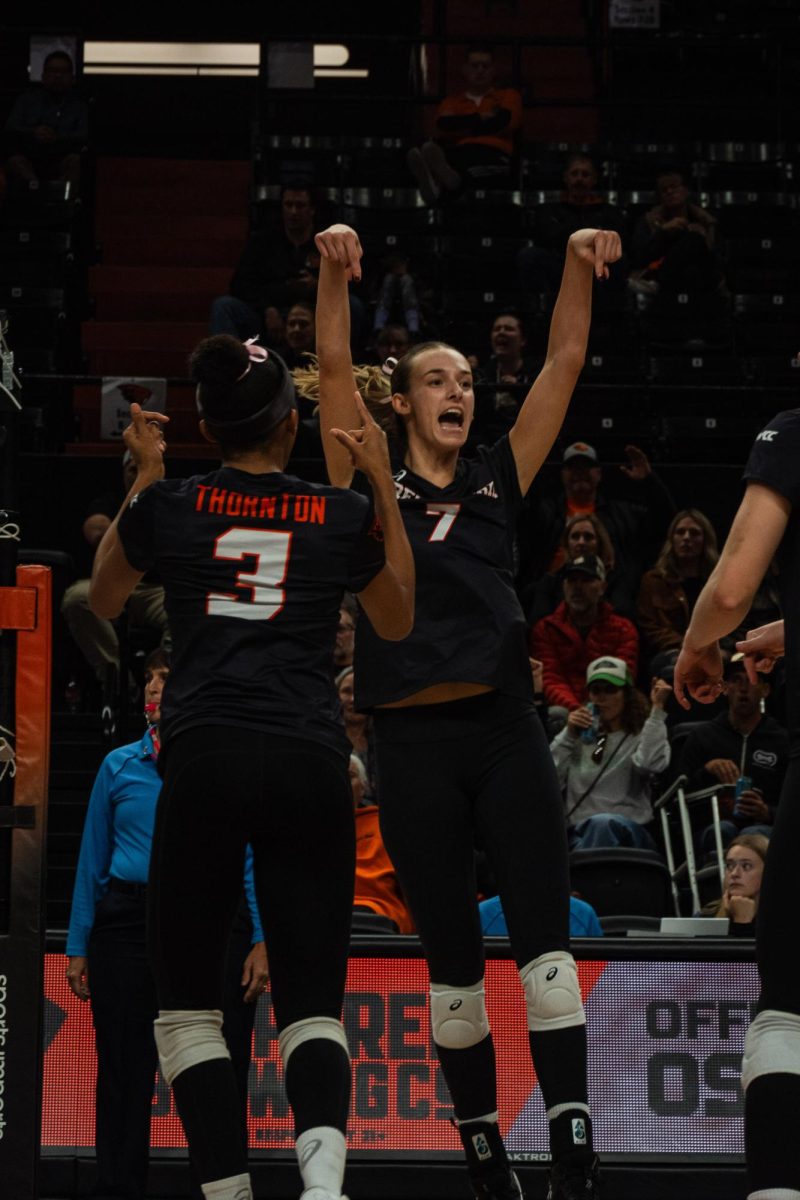
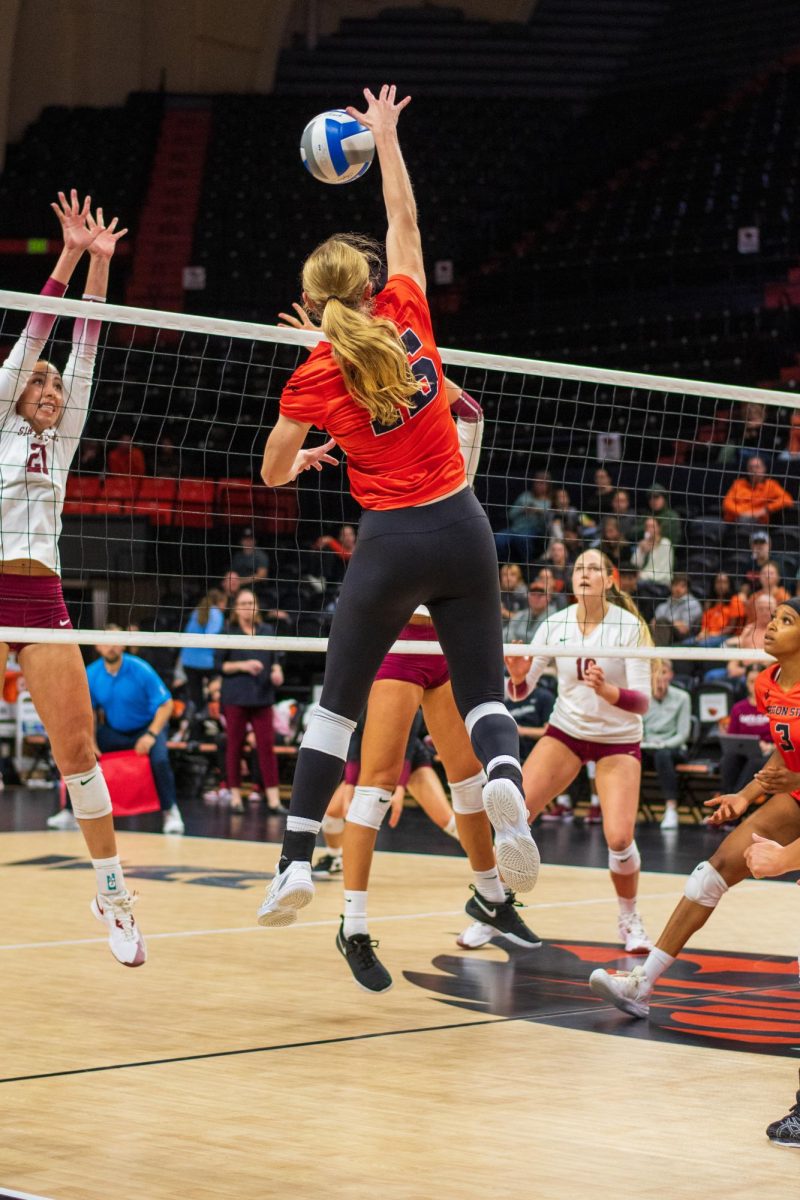

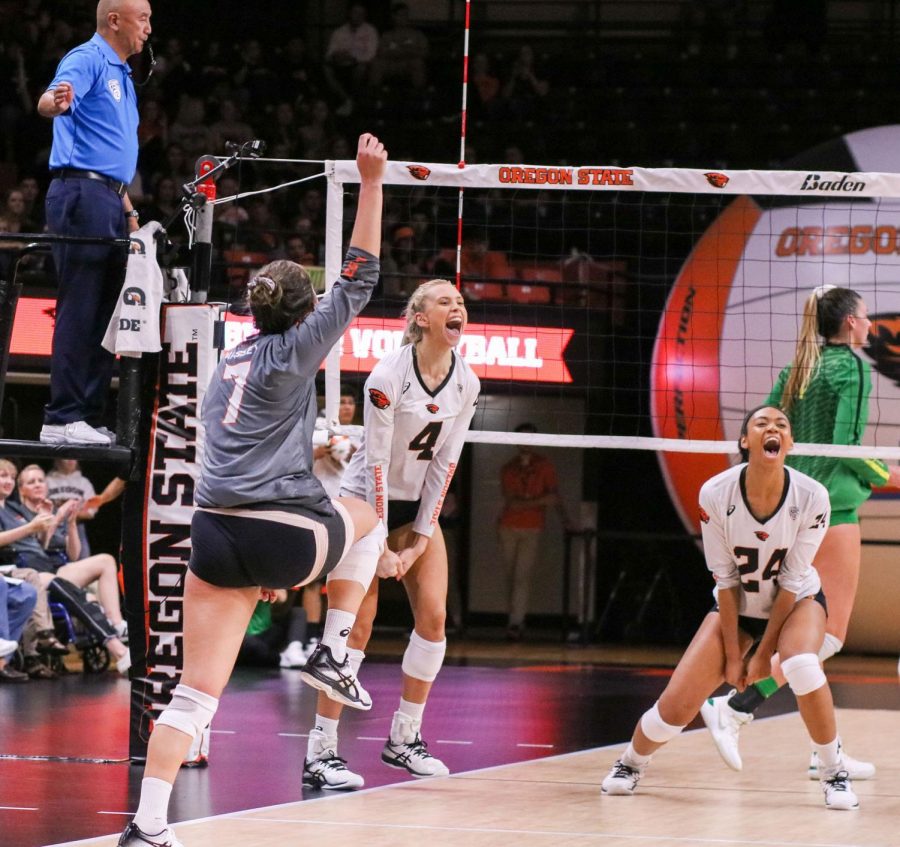



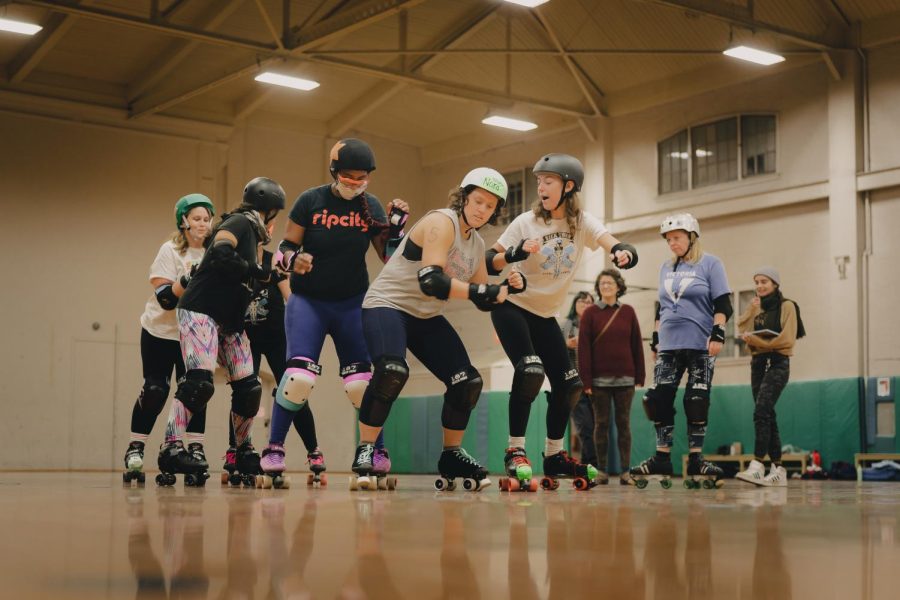

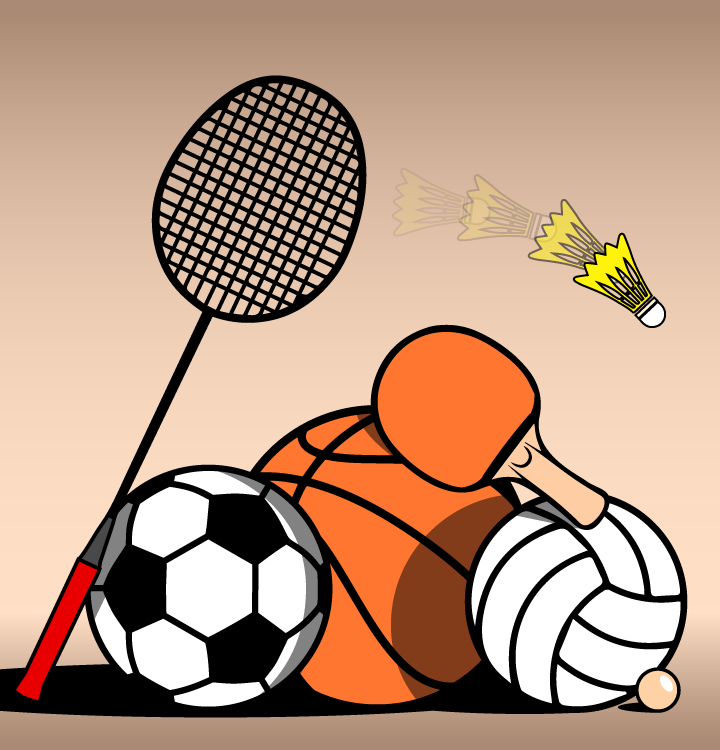
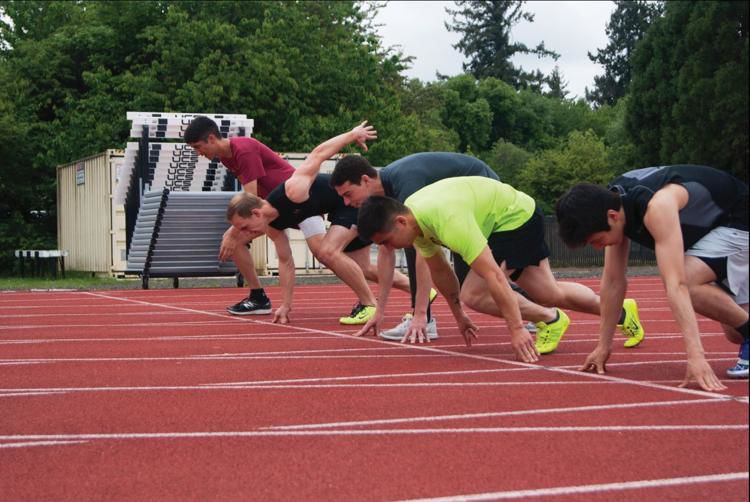

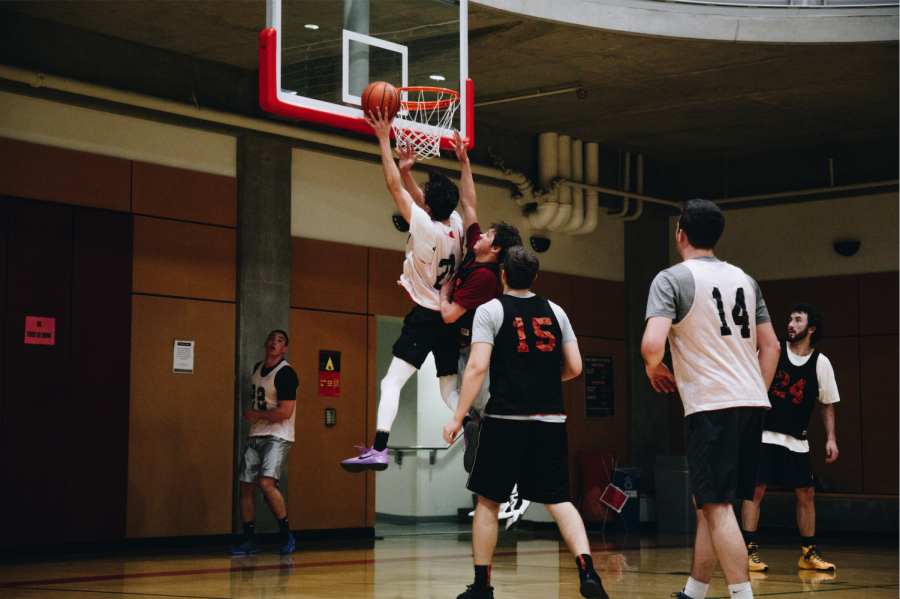
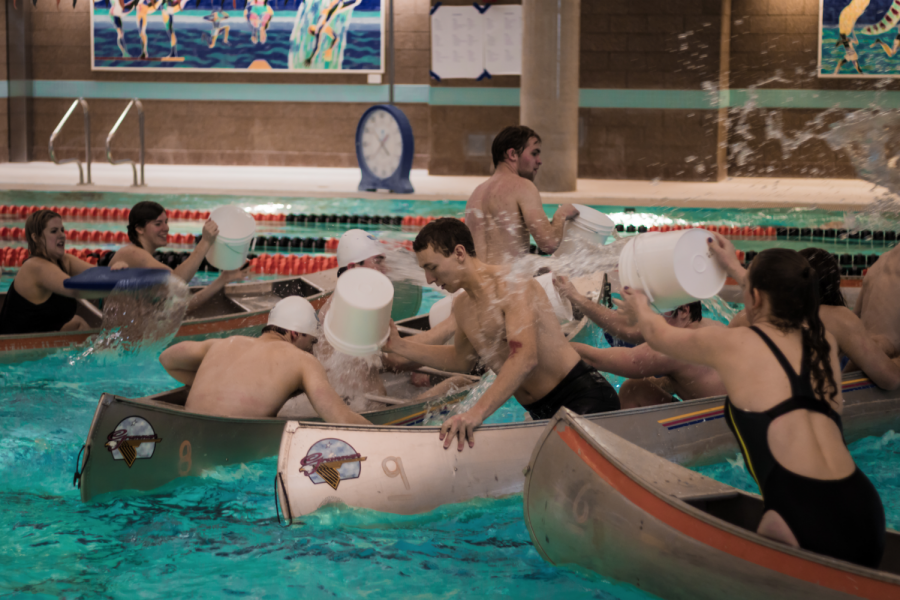
![Newspaper clipping from February 25, 1970 in the Daily Barometer showing an article written by Bob Allen, past Barometer Editor. This article was written to spotlight both the student body’s lack of participation with student government at the time in conjunction with their class representatives response. [It’s important to note ASOSU was not structured identically to today’s standards, likely having a president on behalf of each class work together as one entity as opposed to one president representing all classes.]](https://dailybaro.orangemedianetwork.com/wp-content/uploads/2025/03/Screenshot-2025-03-12-1.00.42-PM-e1741811160853.png)

